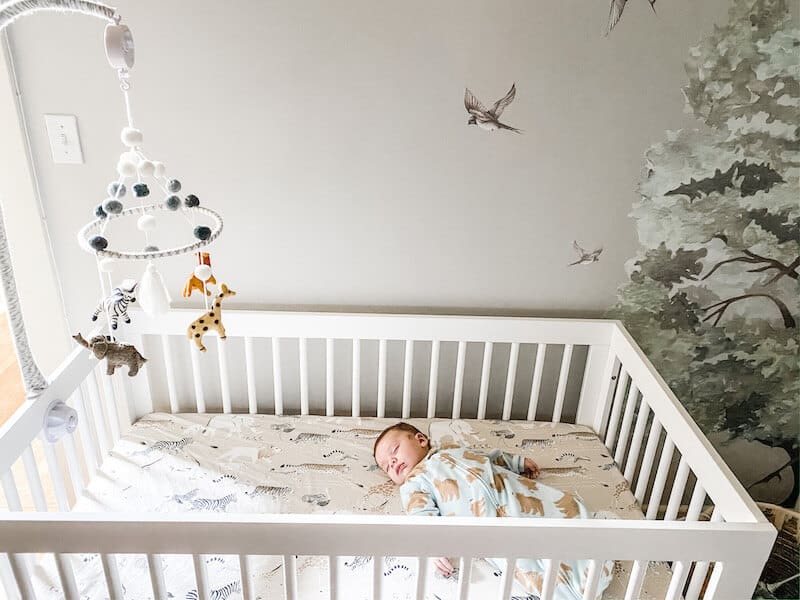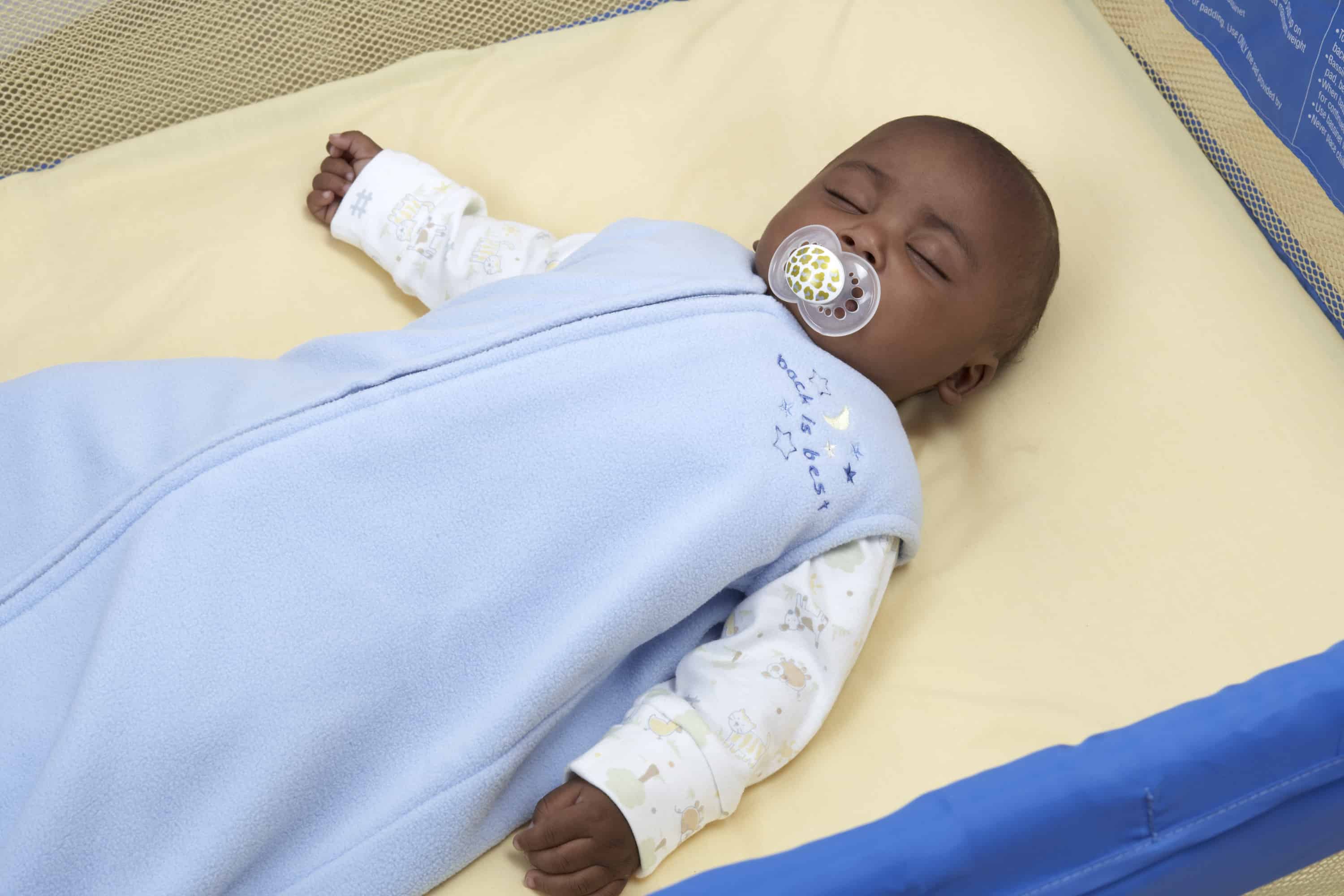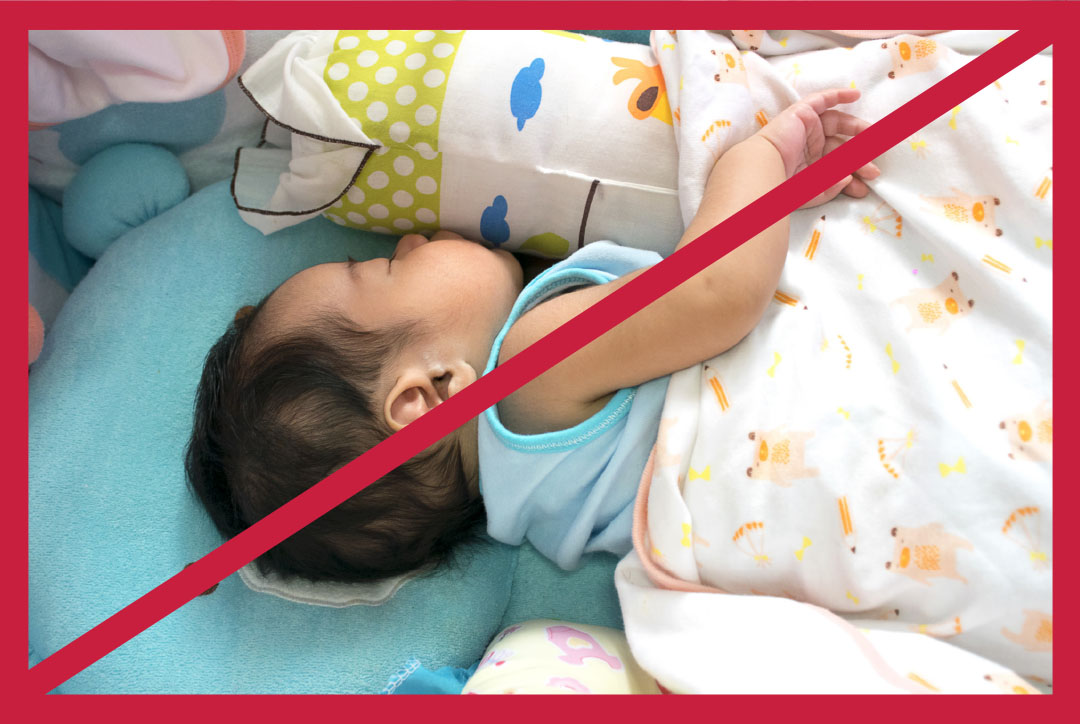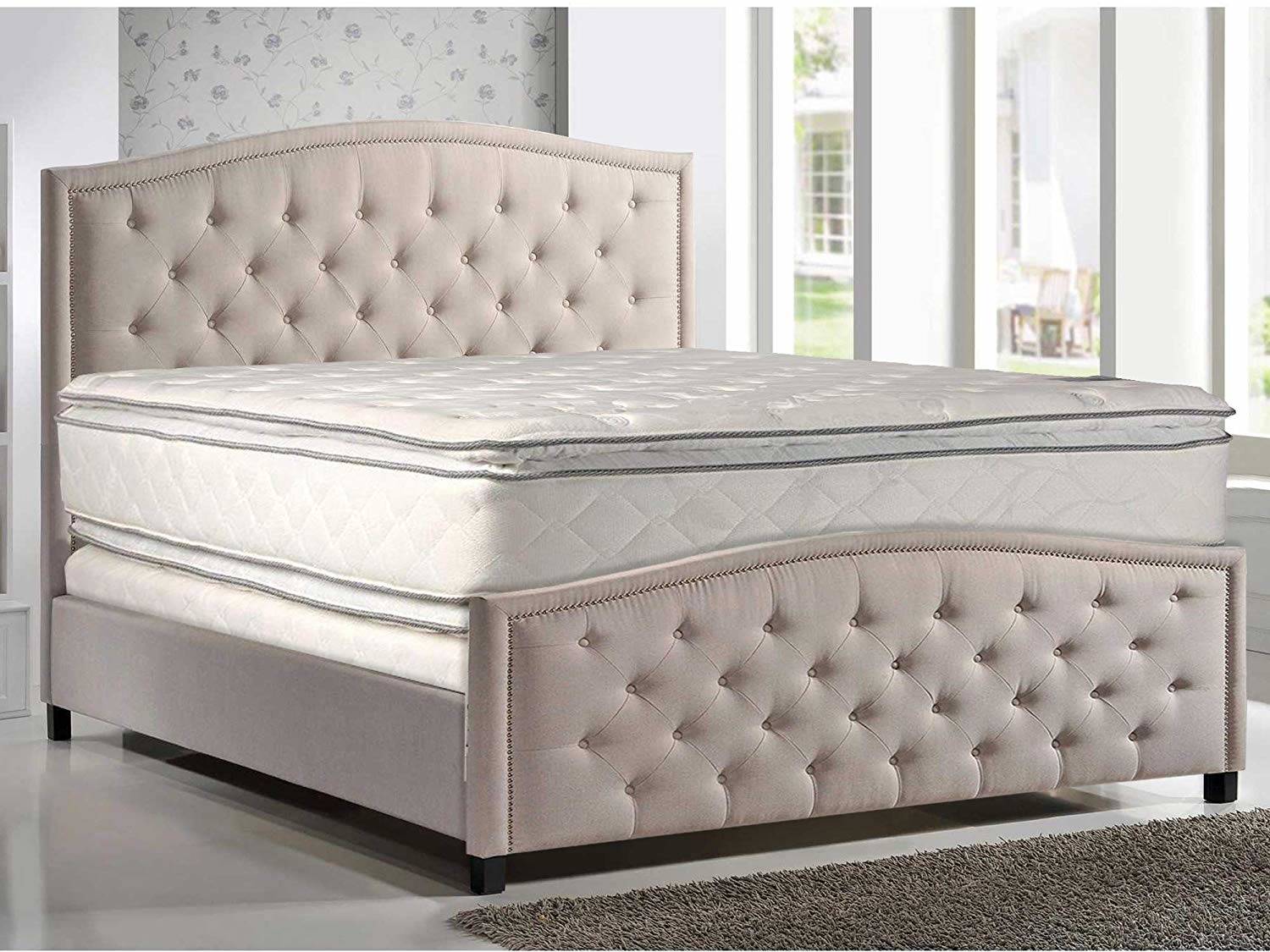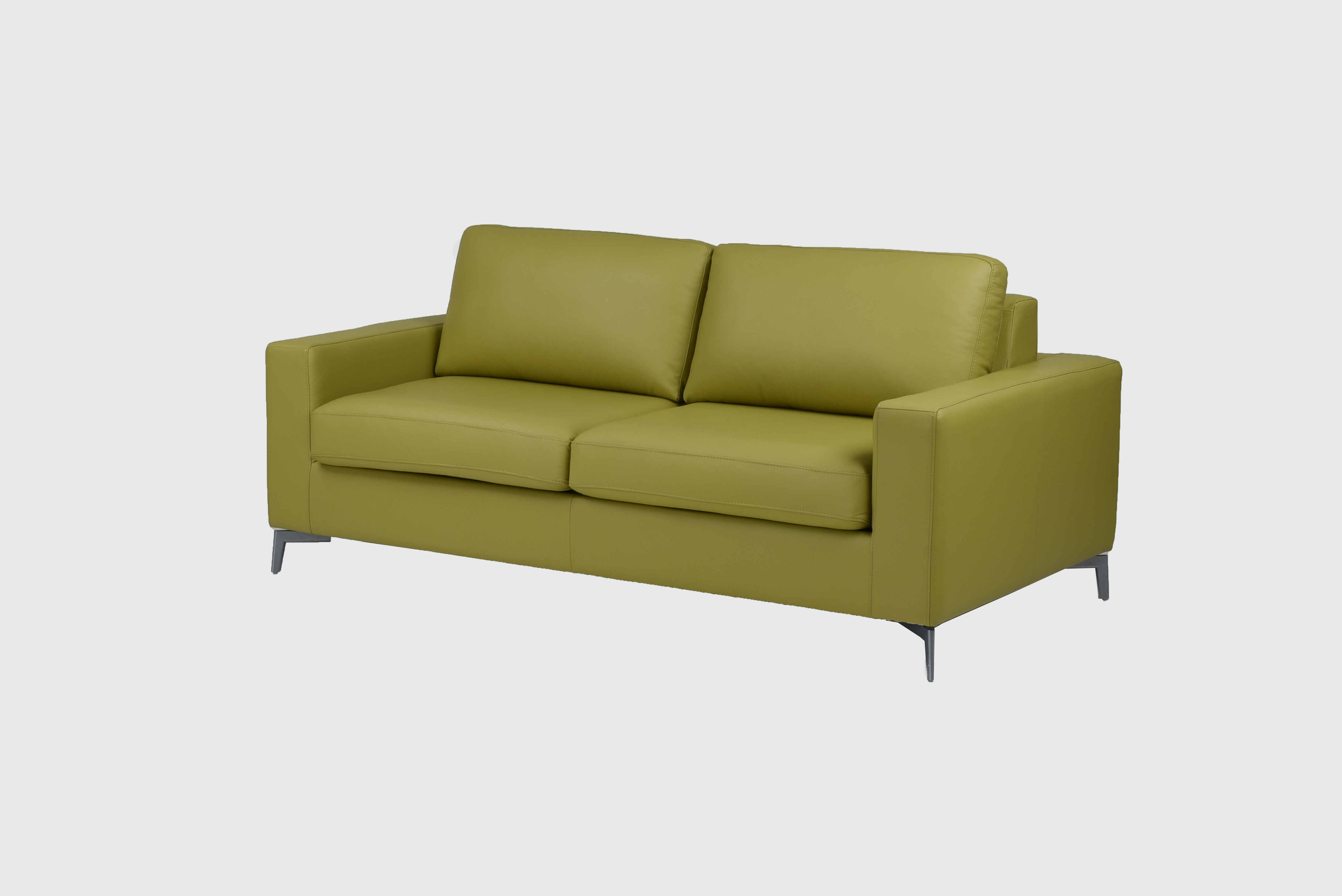When it comes to the safety of your baby, you can never be too careful. That's why the Consumer Product Safety Commission (CPSC) has created a set of guidelines for crib mattress safety. These guidelines are designed to keep your baby safe and sound while they sleep, giving you peace of mind as a parent. The CPSC is a federal agency that is dedicated to protecting consumers from potentially hazardous products. Their guidelines for crib mattress safety are based on extensive research and testing, and are regularly updated to ensure the highest standards of safety for your baby. Some of the key guidelines from the CPSC include ensuring that your crib mattress is firm, properly fitting, and free from any potential hazards such as loose fabric or broken parts. They also recommend using a tight-fitting sheet and avoiding any soft bedding or toys in the crib.Consumer Product Safety Commission
The American Academy of Pediatrics (AAP) is another trusted source for crib mattress safety guidelines. This organization is made up of over 67,000 pediatricians and is dedicated to promoting the health and well-being of children. The AAP recommends that babies sleep on their backs on a firm, flat surface, such as a crib mattress. This position has been shown to reduce the risk of Sudden Infant Death Syndrome (SIDS). They also recommend keeping the crib in the same room as the parents for the first six months to a year of the baby's life, as this has also been linked to a lower risk of SIDS. The AAP also advises against the use of crib bumpers, as they can pose a suffocation hazard. They also recommend avoiding any soft bedding, such as pillows or blankets, in the crib. Instead, they suggest using a sleep sack or wearable blanket to keep your baby warm and cozy without the risk of suffocation.American Academy of Pediatrics
HealthyChildren.org is a website created by the AAP to provide parents with reliable and up-to-date information on child health and development. Their site also includes a section on safe sleep for babies, which includes helpful tips and guidelines for crib mattress safety. One tip from HealthyChildren.org is to make sure your baby's crib mattress fits snugly in the crib. This means there should be no gaps between the mattress and the sides of the crib. They also emphasize the importance of keeping the crib clutter-free and avoiding any loose bedding or toys that could potentially suffocate your baby. HealthyChildren.org also stresses the importance of regular check-ins on your baby while they are sleeping. This can help you ensure that they are safe and comfortable, and also provide an opportunity for bonding and connection.HealthyChildren.org
Safe Sleep for Babies is a campaign by the National Institute of Child Health and Human Development (NICHD) that focuses on reducing the risk of SIDS and other sleep-related causes of infant death. This campaign provides evidence-based recommendations for safe sleep practices, including those related to crib mattress safety. One of the key guidelines from Safe Sleep for Babies is to always place your baby on their back to sleep, both for naps and at night. Babies who sleep on their backs have a lower risk of SIDS compared to those who sleep on their stomachs or sides. They also recommend using a firm and flat surface for your baby to sleep on, such as a crib mattress. This helps prevent suffocation and reduces the risk of SIDS. Additionally, they suggest keeping the crib free from any soft bedding, such as pillows, blankets, and stuffed animals.Safe Sleep for Babies
Safe Sleep for Your Baby is a guide created by the U.S. Department of Health and Human Services that provides parents with information on how to create a safe sleep environment for their baby. This guide covers various topics related to safe sleep, including crib mattress safety. According to this guide, it is important to ensure that your baby's crib mattress is firm and snugly fits in the crib. They also recommend using a waterproof cover to protect the mattress from any spills or accidents. Additionally, they suggest avoiding any soft bedding, such as blankets and bumpers, and instead using a sleep sack or wearable blanket.Safe Sleep for Your Baby
Safe Sleep for Infants is a guide created by the Centers for Disease Control and Prevention (CDC) that provides parents with information on how to reduce the risk of SIDS and other sleep-related causes of infant death. This guide includes recommendations for safe sleep practices, including those related to crib mattress safety. The CDC recommends that babies sleep on a firm, flat surface, such as a crib mattress, in a crib or bassinet that meets current safety standards. They also advise against using any soft bedding, such as blankets or pillows, in the crib, as well as avoiding soft surfaces such as couches or adult beds for your baby to sleep on.Safe Sleep for Infants
Safe sleep practices are essential for protecting your baby and reducing the risk of SIDS and other sleep-related causes of infant death. These practices include following the guidelines for crib mattress safety, as well as other safe sleep recommendations from trusted organizations such as the CPSC, AAP, and NICHD. Some additional safe sleep practices to keep in mind include keeping the room at a comfortable temperature, avoiding smoking or secondhand smoke exposure around your baby, and using a pacifier at nap and bedtime. It is also important to ensure that your baby is not overdressed for sleep, as overheating has been linked to an increased risk of SIDS.Safe Sleep Practices
Safe Sleep for Babies: A Guide for Parents is a comprehensive guide created by the American Academy of Pediatrics that covers all aspects of safe sleep for infants. This guide includes detailed information on crib mattress safety, as well as other important safe sleep practices. The guide recommends using a firm and flat surface for your baby to sleep on, such as a crib mattress, and making sure that the mattress fits snugly in the crib. They also advise against using any soft bedding, such as blankets, pillows, or bumpers, and instead recommend using a sleep sack or wearable blanket for warmth.Safe Sleep for Babies: A Guide for Parents
This guide, created by the U.S. Consumer Product Safety Commission, provides parents with information on how to create a safe sleep environment for their baby. It includes recommendations for crib mattress safety, as well as other important safe sleep practices to reduce the risk of SIDS and other sleep-related causes of infant death. The guide stresses the importance of using a firm and flat surface for your baby to sleep on, such as a crib mattress. They also recommend keeping the crib clutter-free and avoiding any soft bedding or toys that could potentially suffocate your baby. Additionally, they advise against using any crib accessories, such as sleep positioners or wedges, as they have been linked to suffocation deaths.Safe Sleep for Your Baby: Reduce the Risk of SIDS and Other Sleep-Related Causes of Infant Death
This guide, created by the American Academy of Pediatrics, provides parents with detailed information on safe sleep for infants. It includes recommendations for crib mattress safety, as well as other important safe sleep practices. According to this guide, it is important to choose a crib mattress that is firm and fits snugly in the crib. They also recommend using a waterproof cover to protect the mattress from any spills or accidents. Additionally, they advise against using any soft bedding, such as blankets or pillows, and instead suggest using a sleep sack or wearable blanket for warmth.Safe Sleep for Infants: A Guide for Parents
Understanding the Importance of Crib Mattress Safety Guidelines

Why Crib Mattress Safety is Crucial for Your Baby's Well-Being
 When it comes to designing a safe and comfortable nursery for your little one,
crib mattress safety guidelines
should be at the top of your priority list. As parents, we always want to provide the best for our children, and ensuring their sleep environment is safe is crucial for their overall well-being. A good night's sleep is essential for your baby's growth and development, and a safe crib mattress is a key factor in achieving this. Let's dive deeper into why
crib mattress safety
is so important and some guidelines to help you choose the right one for your baby.
When it comes to designing a safe and comfortable nursery for your little one,
crib mattress safety guidelines
should be at the top of your priority list. As parents, we always want to provide the best for our children, and ensuring their sleep environment is safe is crucial for their overall well-being. A good night's sleep is essential for your baby's growth and development, and a safe crib mattress is a key factor in achieving this. Let's dive deeper into why
crib mattress safety
is so important and some guidelines to help you choose the right one for your baby.
The Risks of Not Following Crib Mattress Safety Guidelines
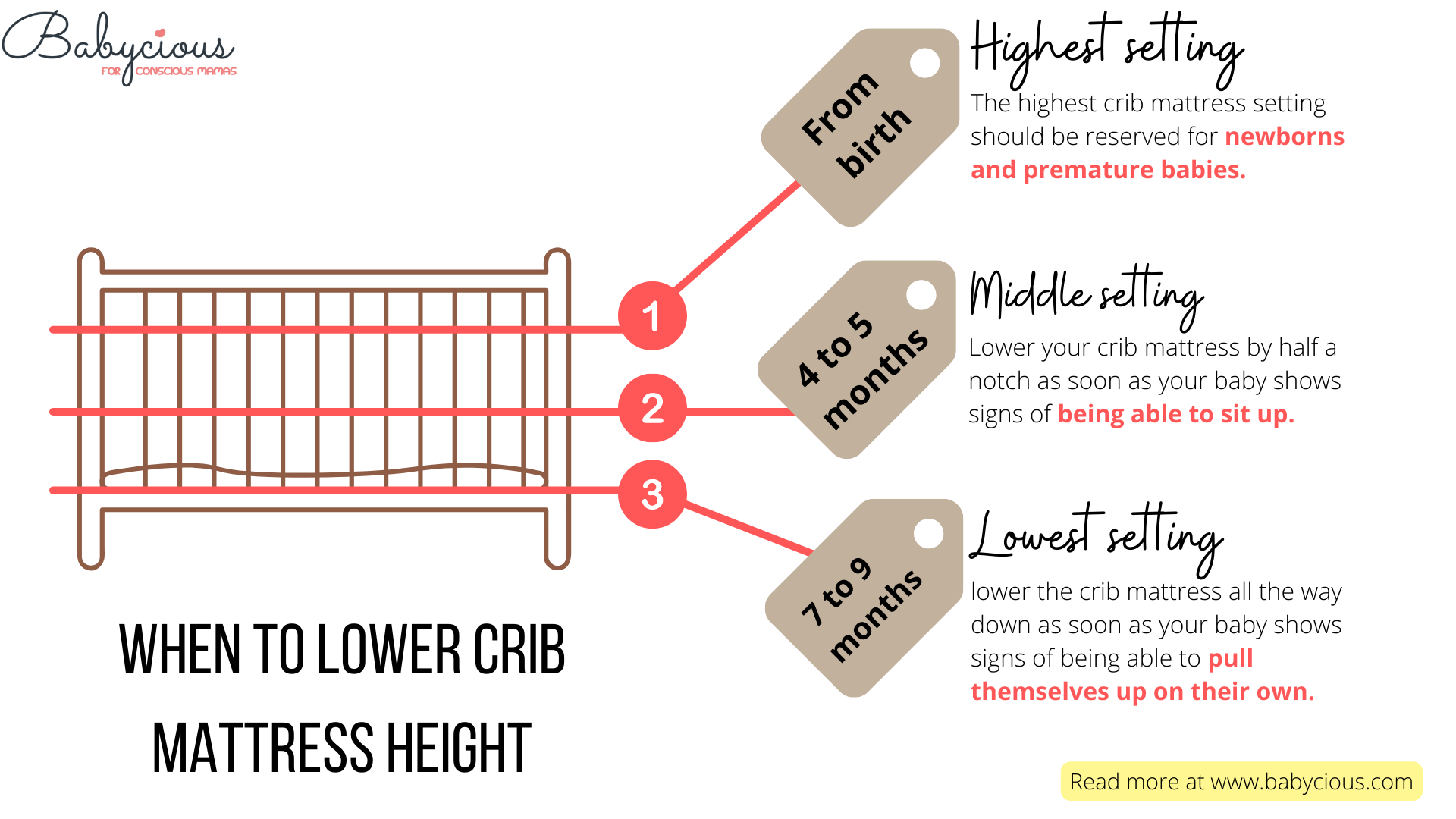 Many parents may not realize the potential risks associated with not following
crib mattress safety guidelines
. A poorly designed or low-quality crib mattress can lead to suffocation, entrapment, or Sudden Infant Death Syndrome (SIDS). Babies are unable to move or reposition themselves while sleeping, making it essential to have a firm and breathable mattress that reduces the risk of suffocation. Additionally, a mattress that is too small or does not fit snugly in the crib can lead to entrapment hazards. By following
crib mattress safety guidelines
, you can ensure a safe and secure sleep environment for your little one.
Many parents may not realize the potential risks associated with not following
crib mattress safety guidelines
. A poorly designed or low-quality crib mattress can lead to suffocation, entrapment, or Sudden Infant Death Syndrome (SIDS). Babies are unable to move or reposition themselves while sleeping, making it essential to have a firm and breathable mattress that reduces the risk of suffocation. Additionally, a mattress that is too small or does not fit snugly in the crib can lead to entrapment hazards. By following
crib mattress safety guidelines
, you can ensure a safe and secure sleep environment for your little one.
Important Crib Mattress Safety Guidelines to Keep in Mind
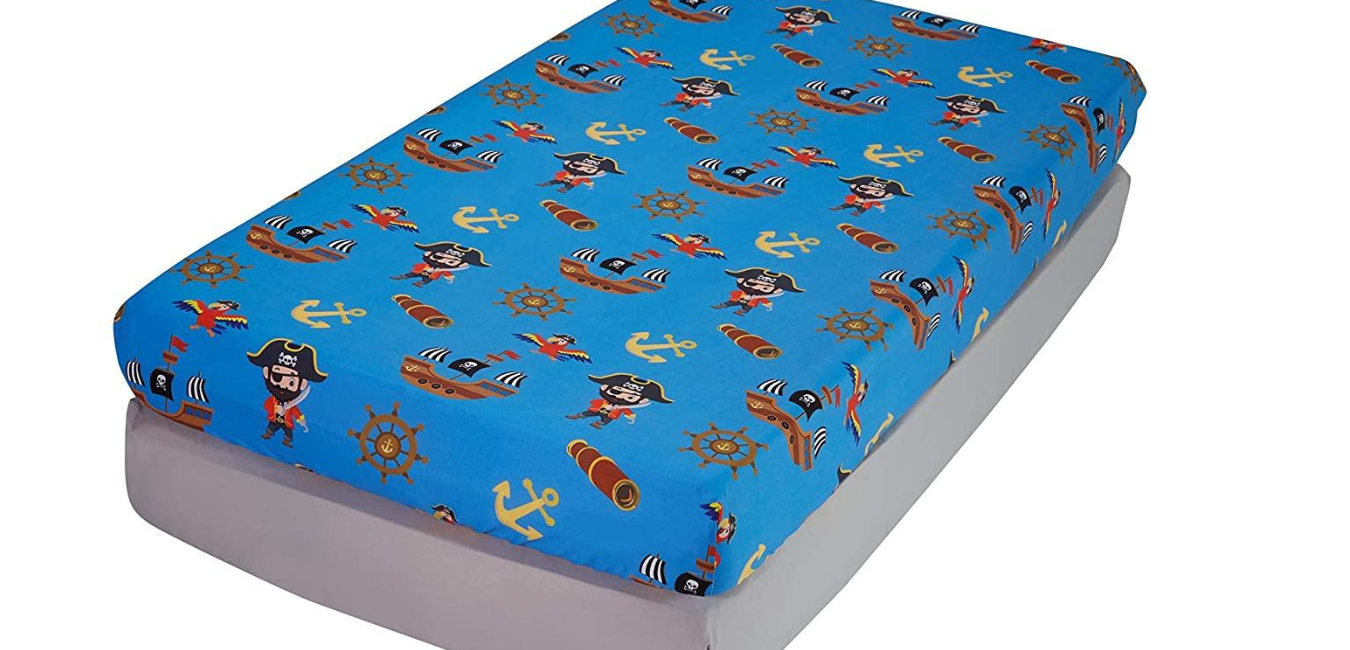 When choosing a crib mattress for your baby, it's important to consider the following
crib mattress safety guidelines
:
When choosing a crib mattress for your baby, it's important to consider the following
crib mattress safety guidelines
:
- Firmness: A firm mattress helps to prevent suffocation and promotes proper spinal alignment.
- Size and Fit: The mattress should fit snugly in the crib, with no gaps or spaces that could pose an entrapment hazard.
- Materials: Look for mattresses made of non-toxic materials and certified by safety organizations.
- Breathability: A breathable mattress helps to reduce the risk of suffocation and allows for proper air circulation.
- Cover: The mattress cover should be tightly fitted and waterproof to prevent moisture buildup, which can lead to mold and bacteria growth.
Conclusion
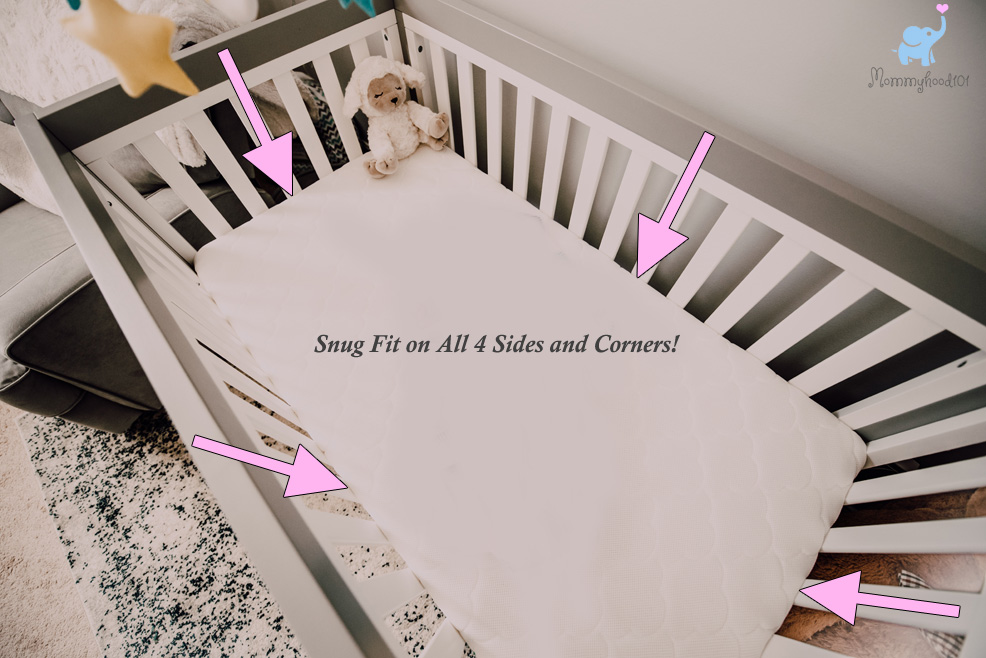 As parents, it's natural to want the best for our children, and that includes their sleep environment. By following
crib mattress safety guidelines
, you can ensure a safe and comfortable space for your baby to sleep soundly. Remember to always choose a firm, breathable, and properly fitting mattress, made of non-toxic materials, and certified by safety organizations. Your little one's safety and well-being are worth the extra effort in selecting a safe and suitable crib mattress.
As parents, it's natural to want the best for our children, and that includes their sleep environment. By following
crib mattress safety guidelines
, you can ensure a safe and comfortable space for your baby to sleep soundly. Remember to always choose a firm, breathable, and properly fitting mattress, made of non-toxic materials, and certified by safety organizations. Your little one's safety and well-being are worth the extra effort in selecting a safe and suitable crib mattress.
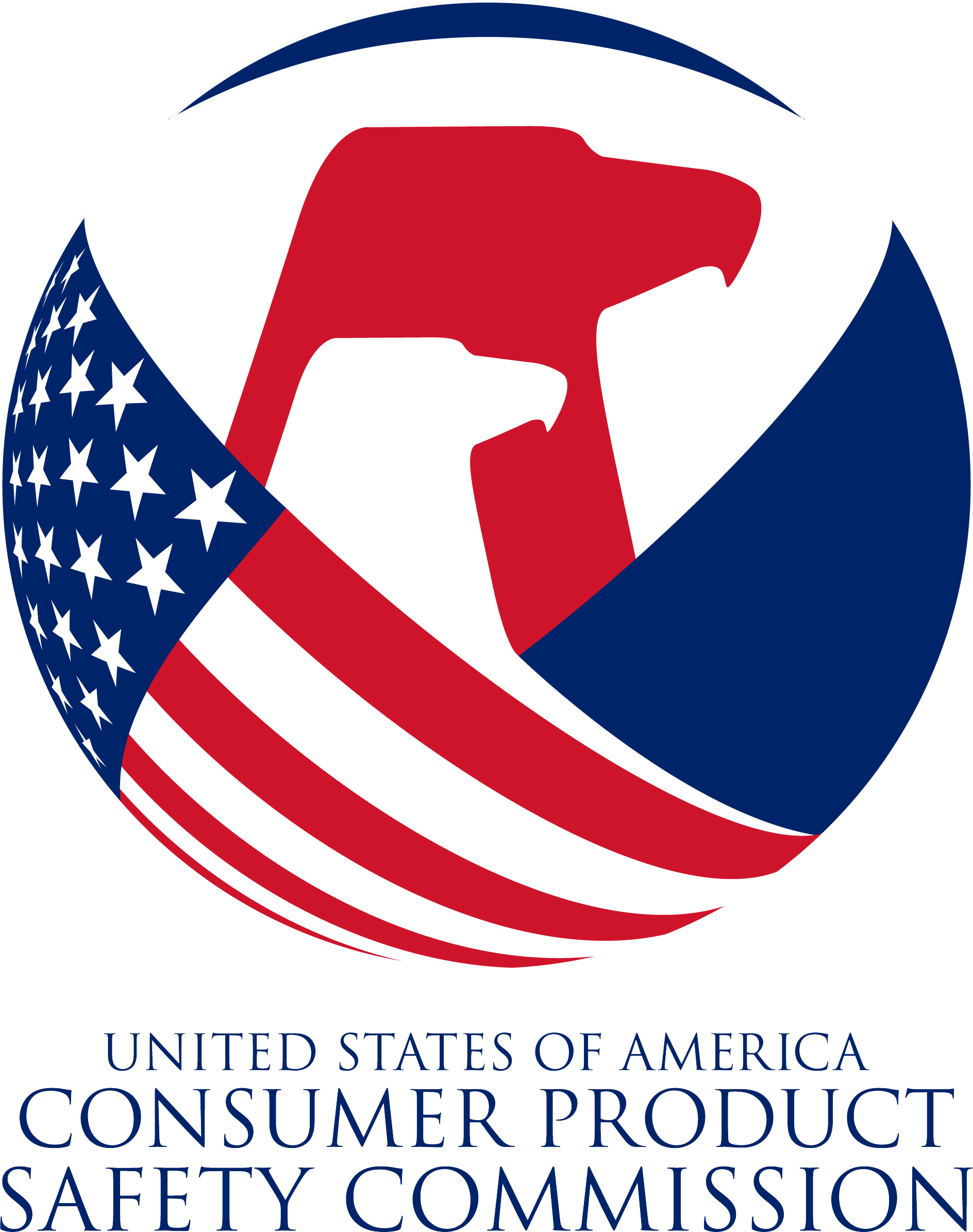

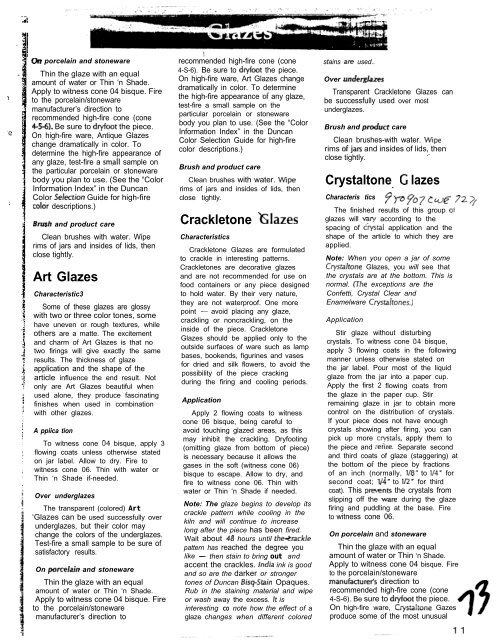





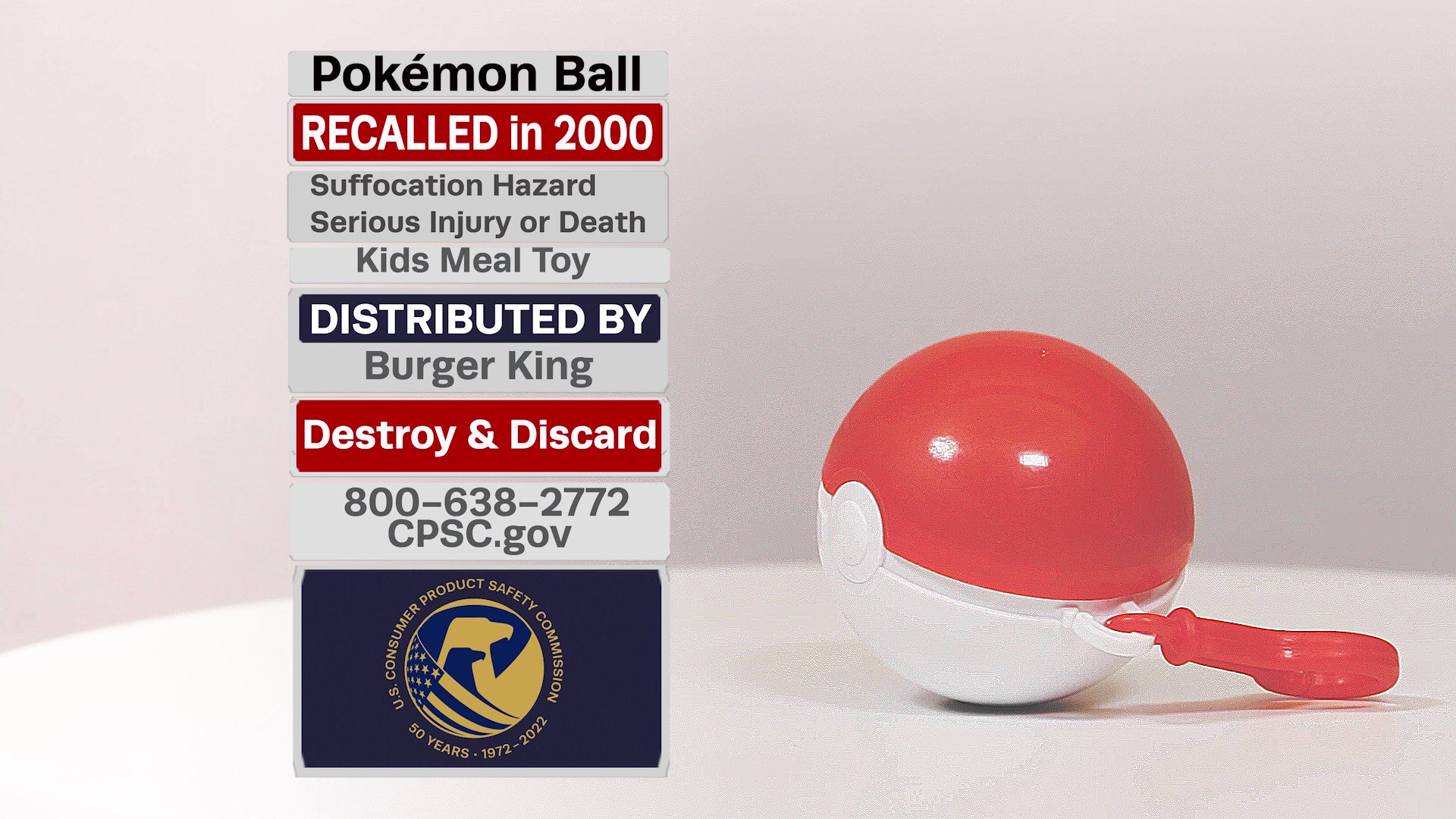
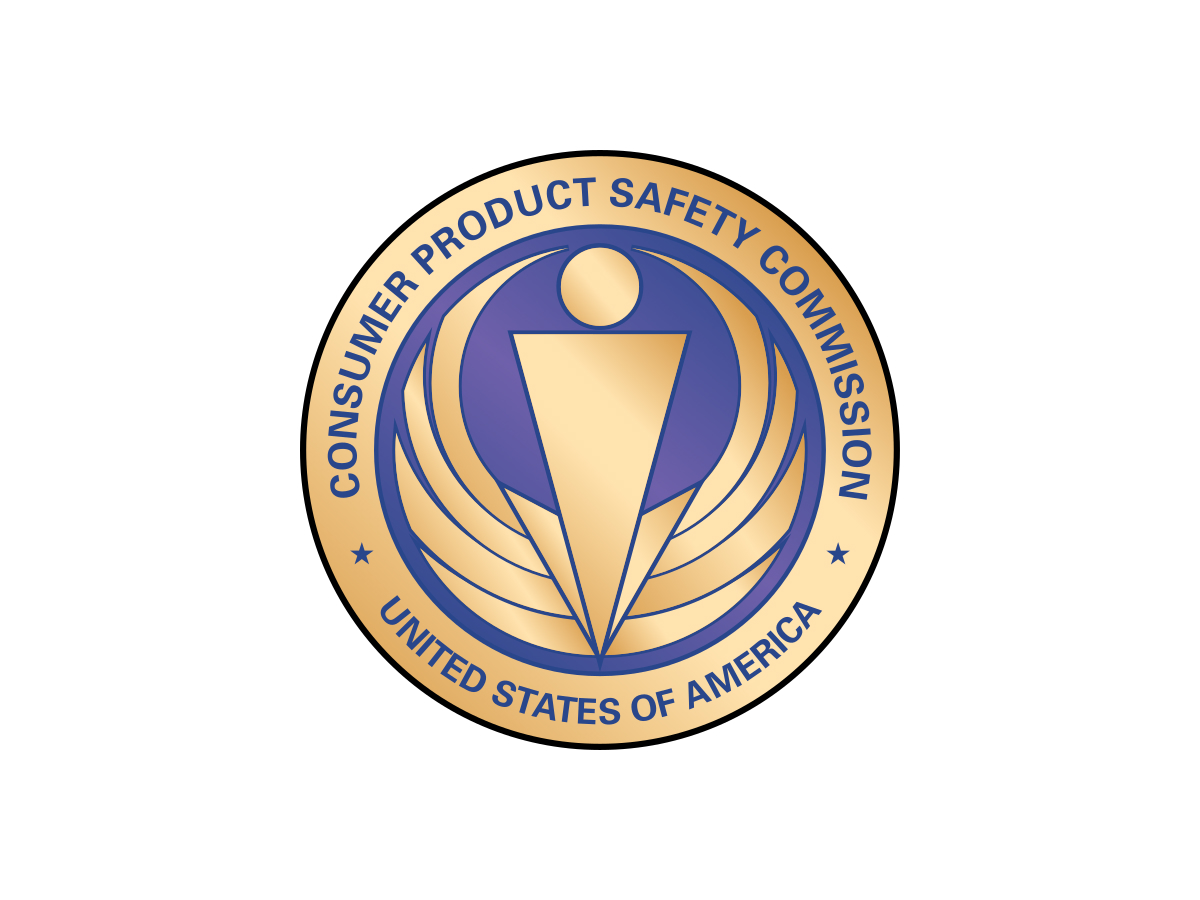

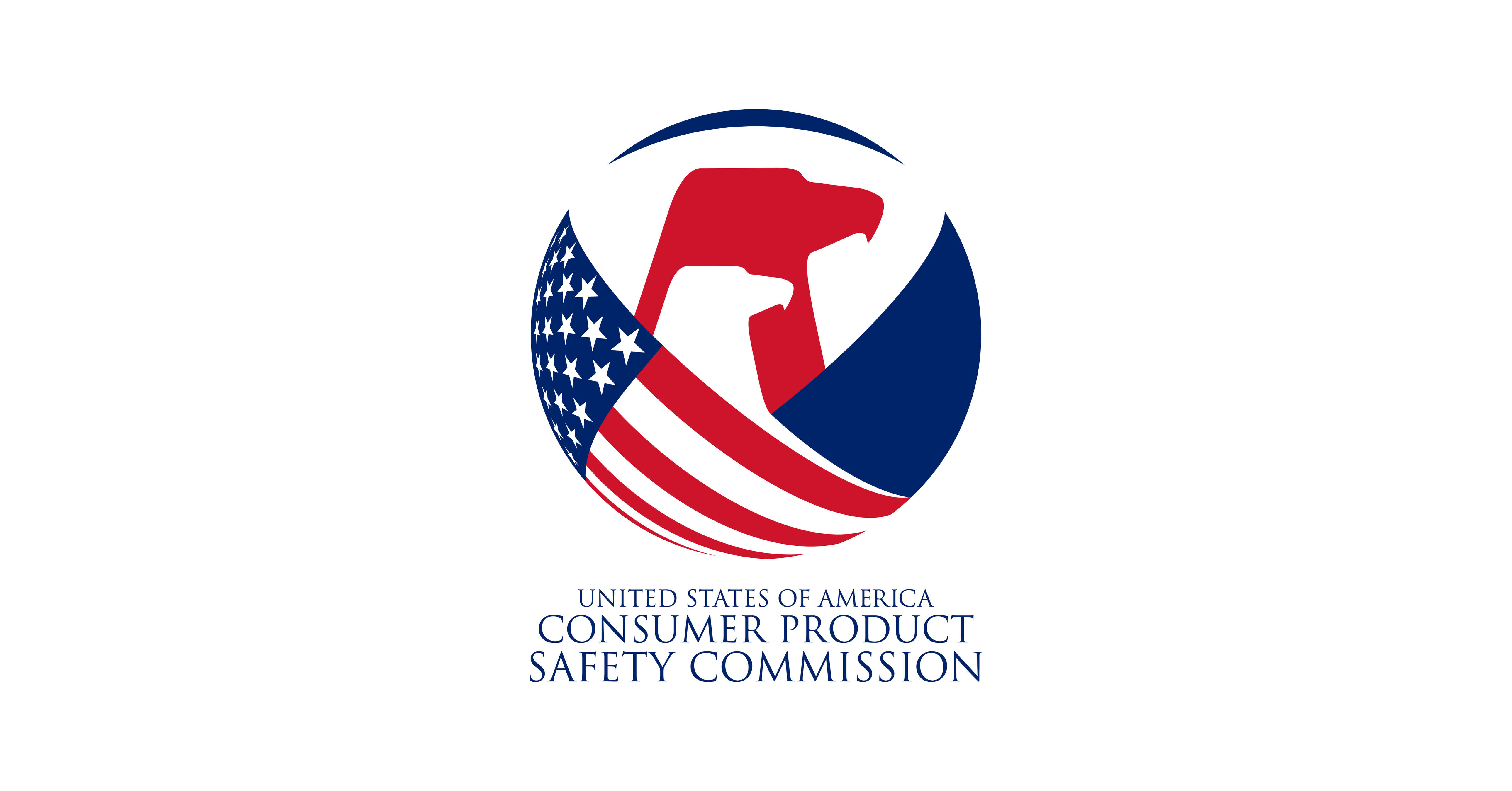

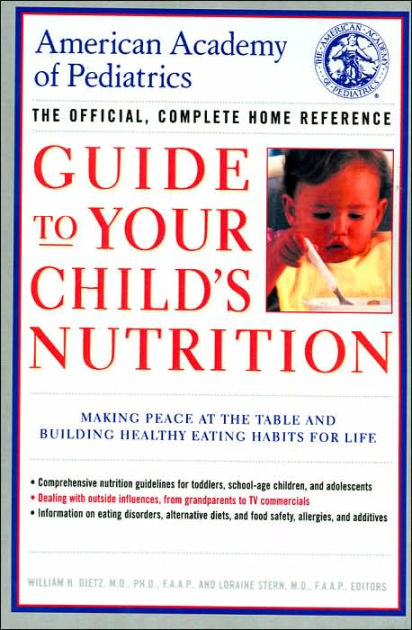
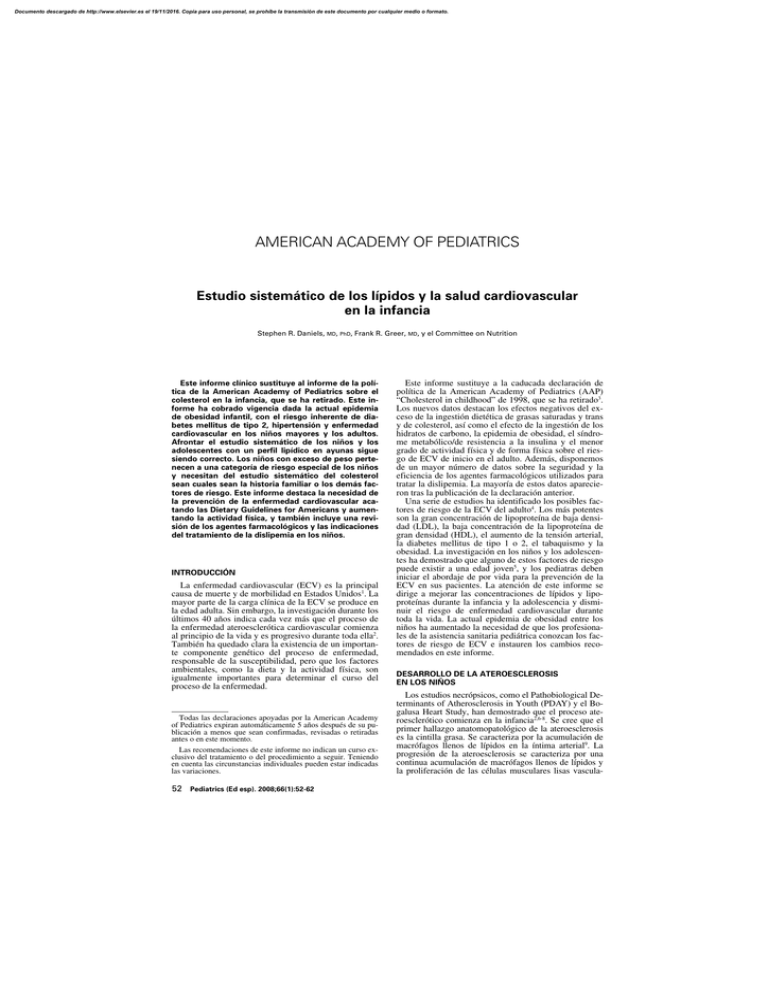
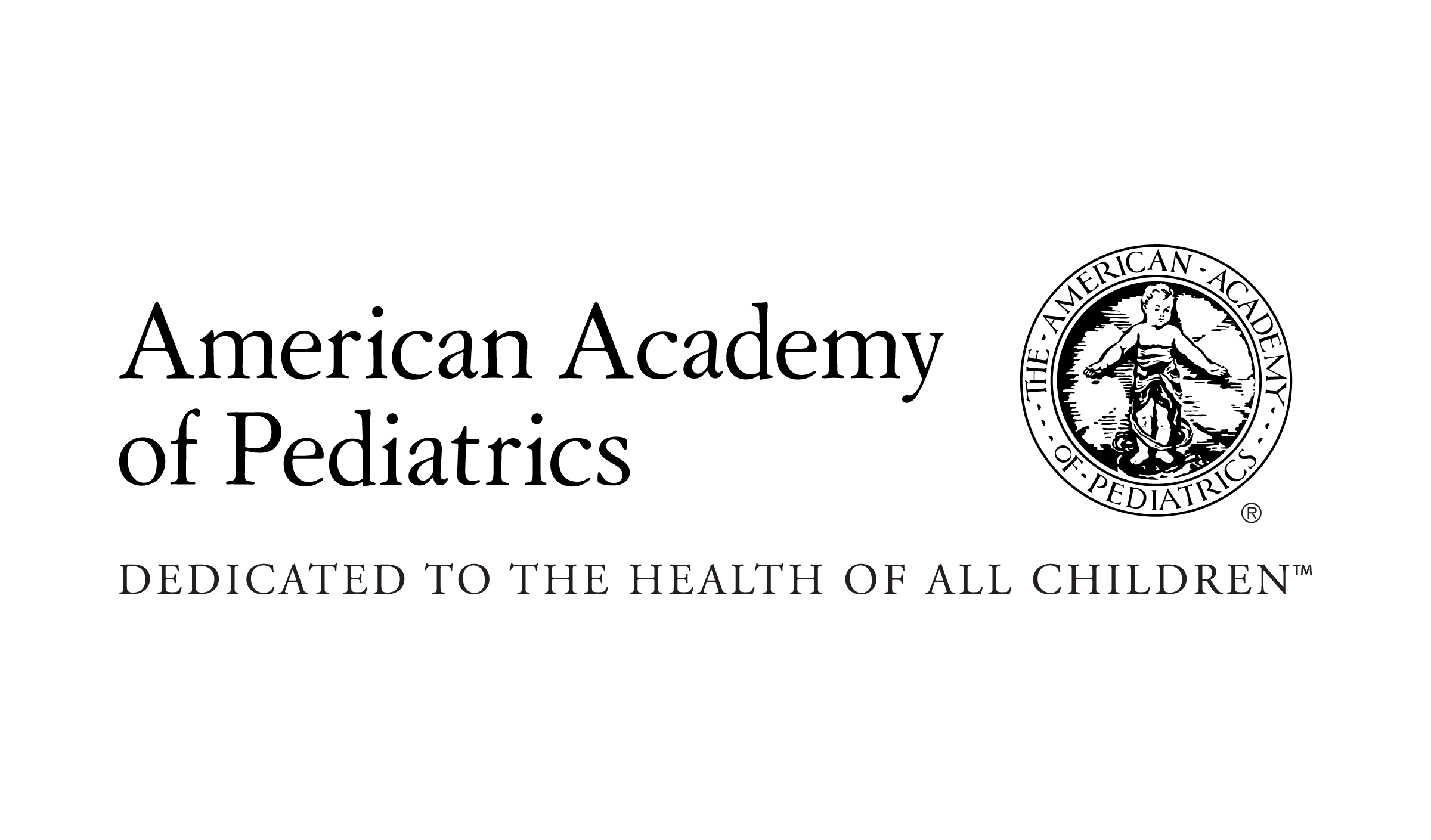



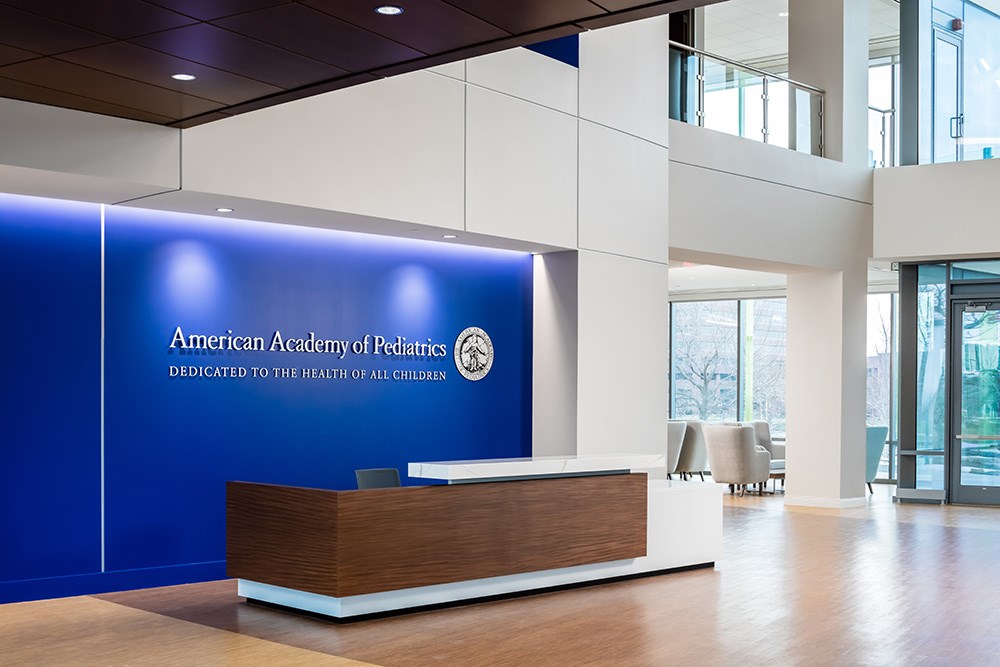





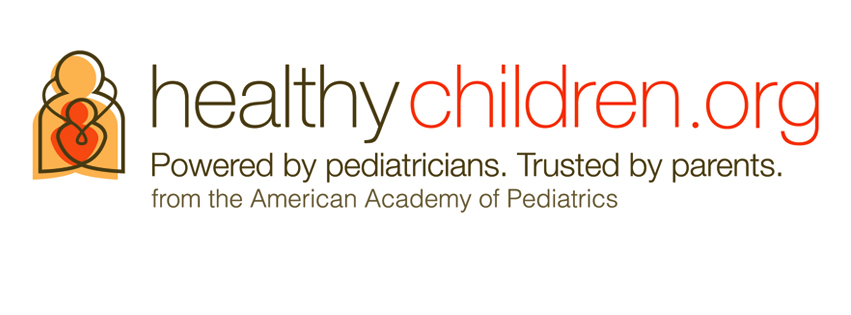


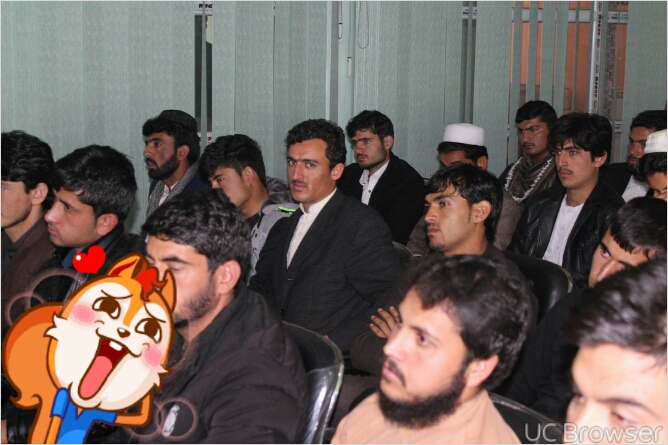


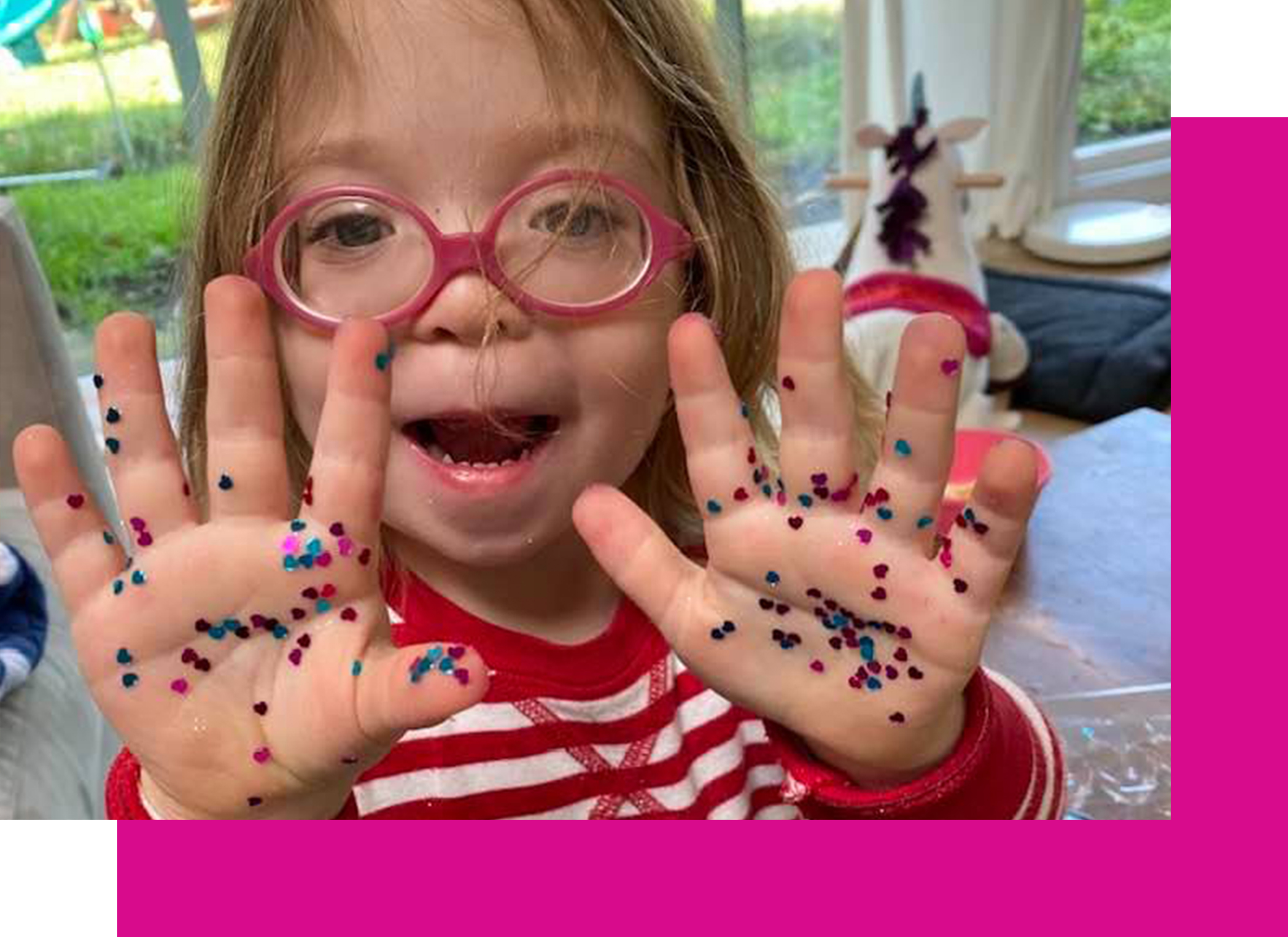


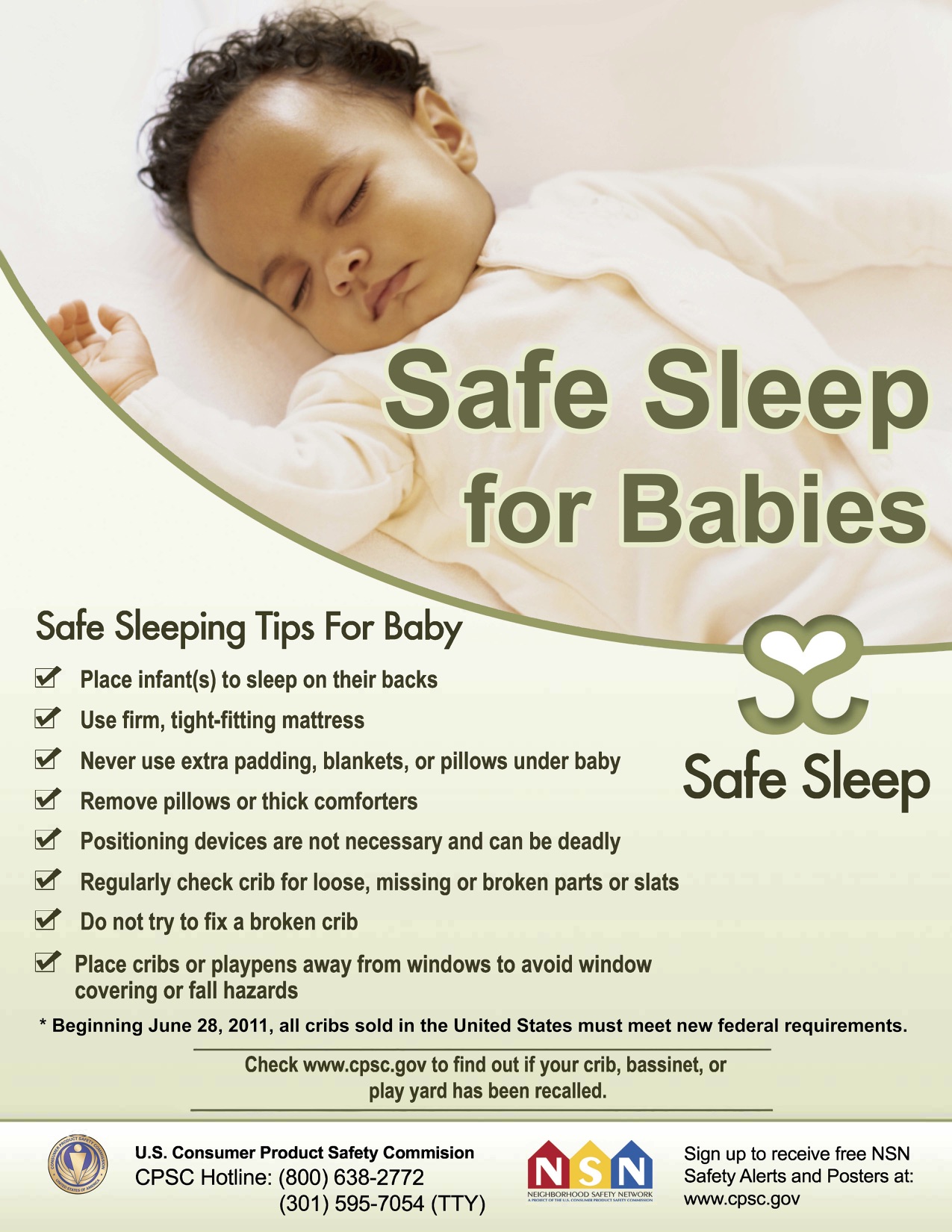
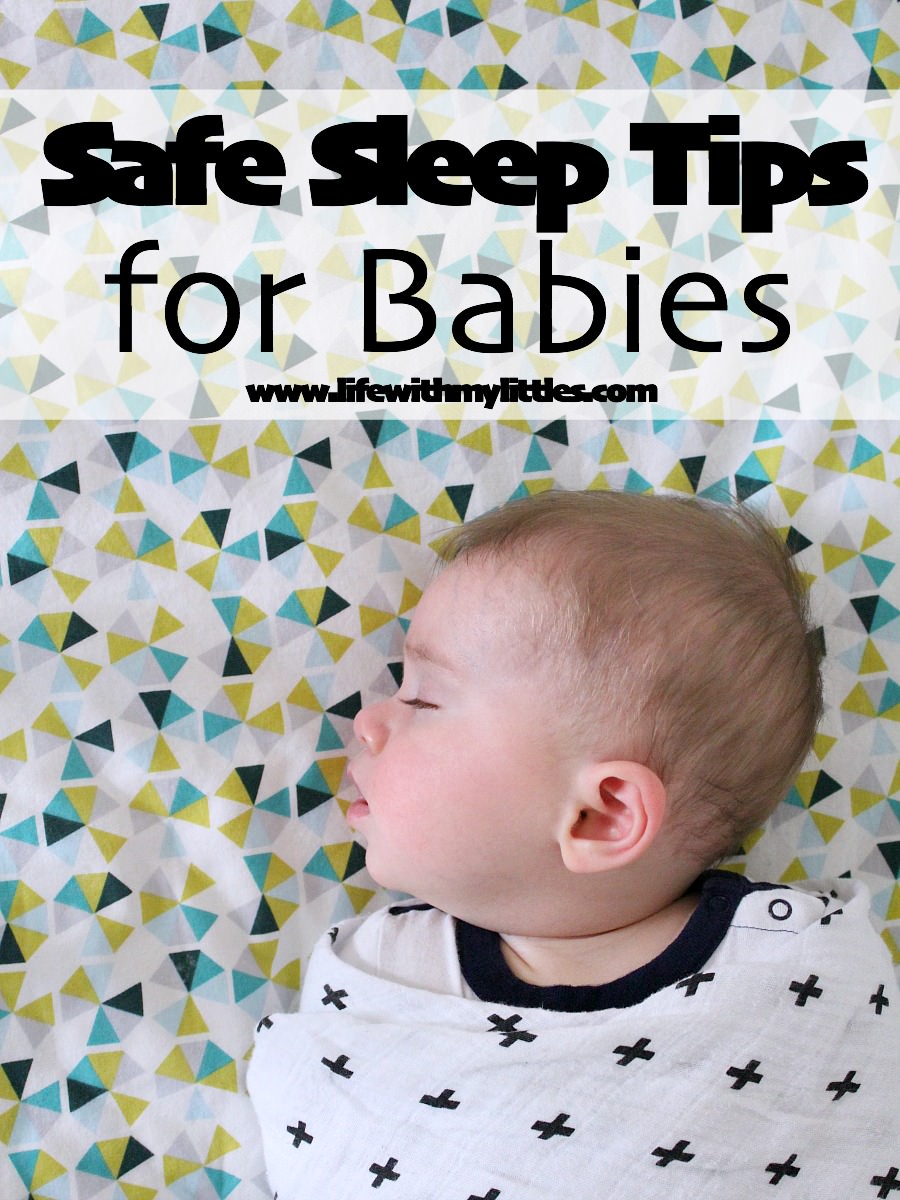

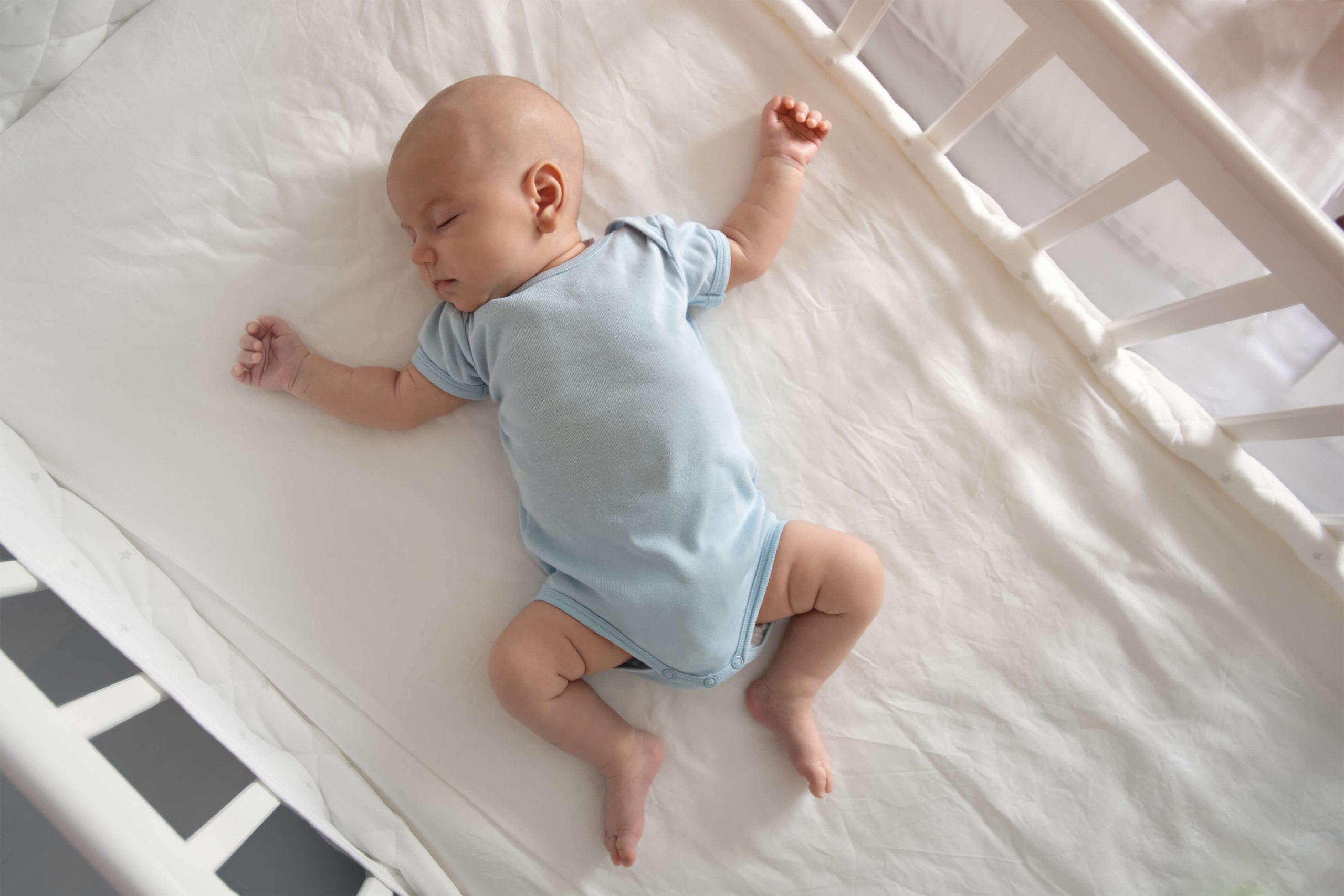
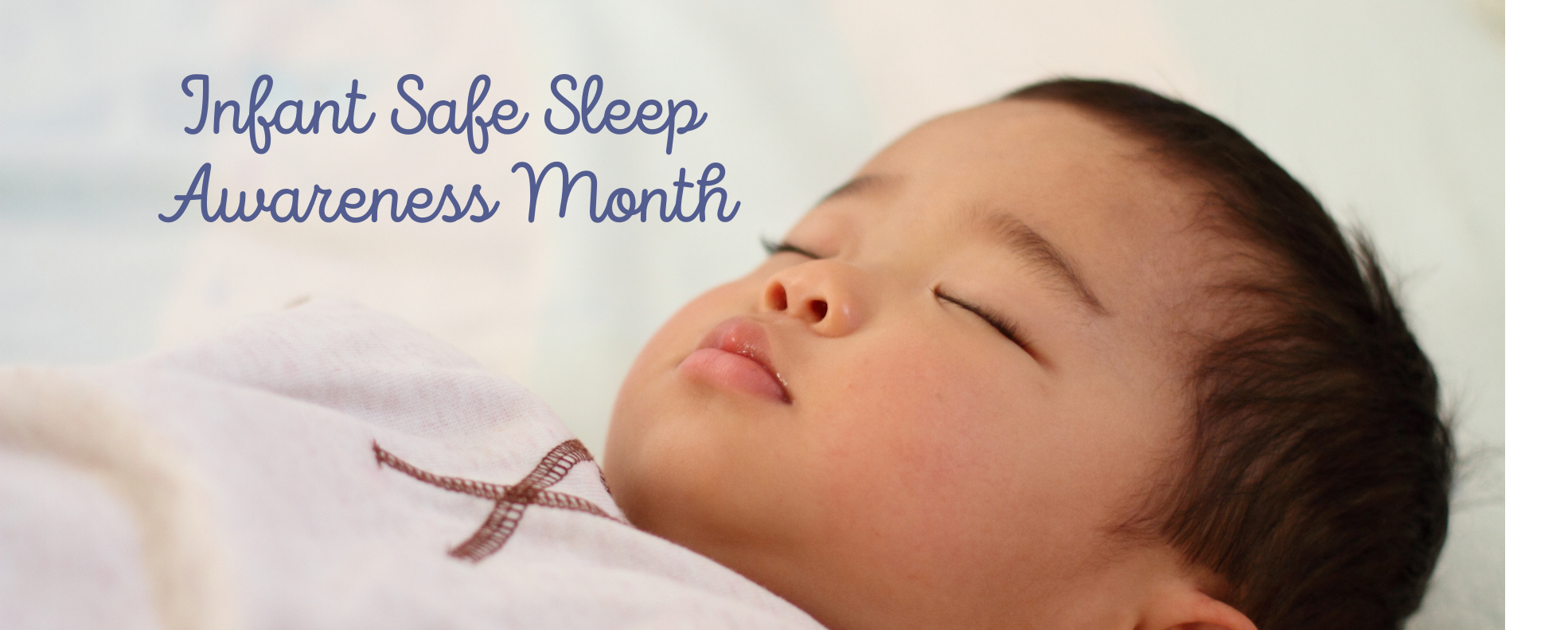
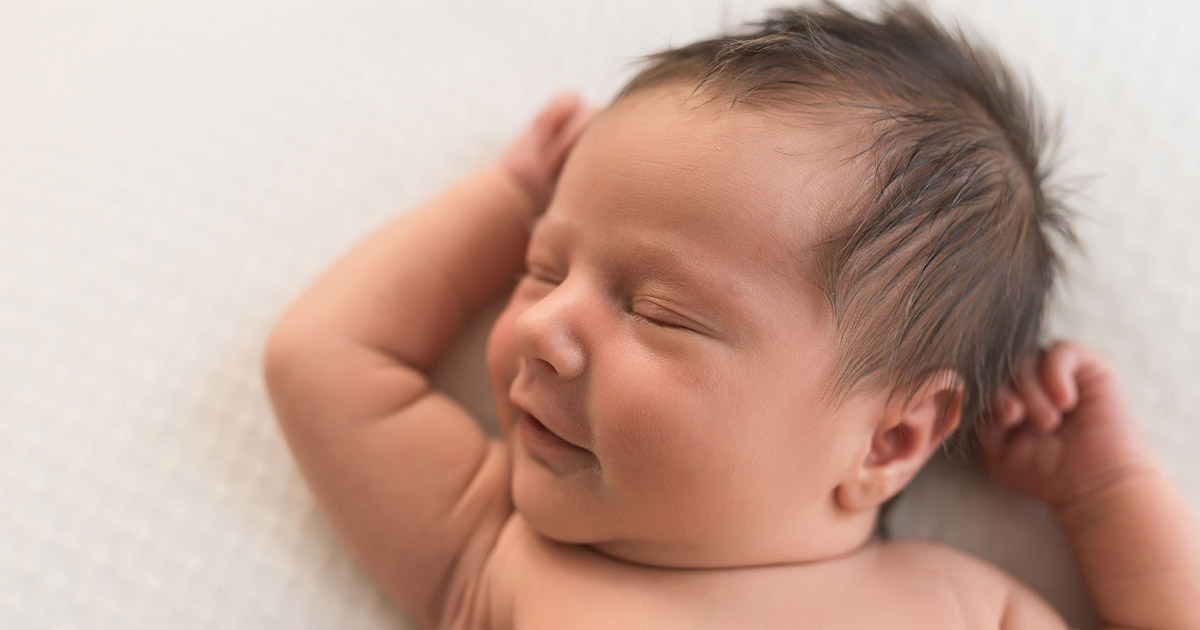

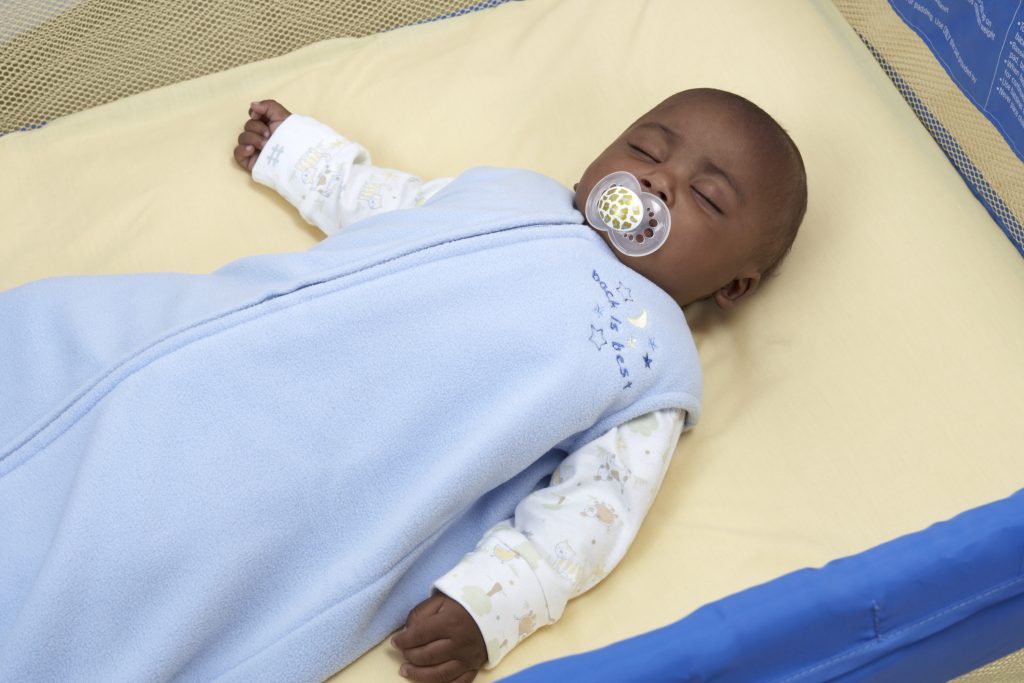
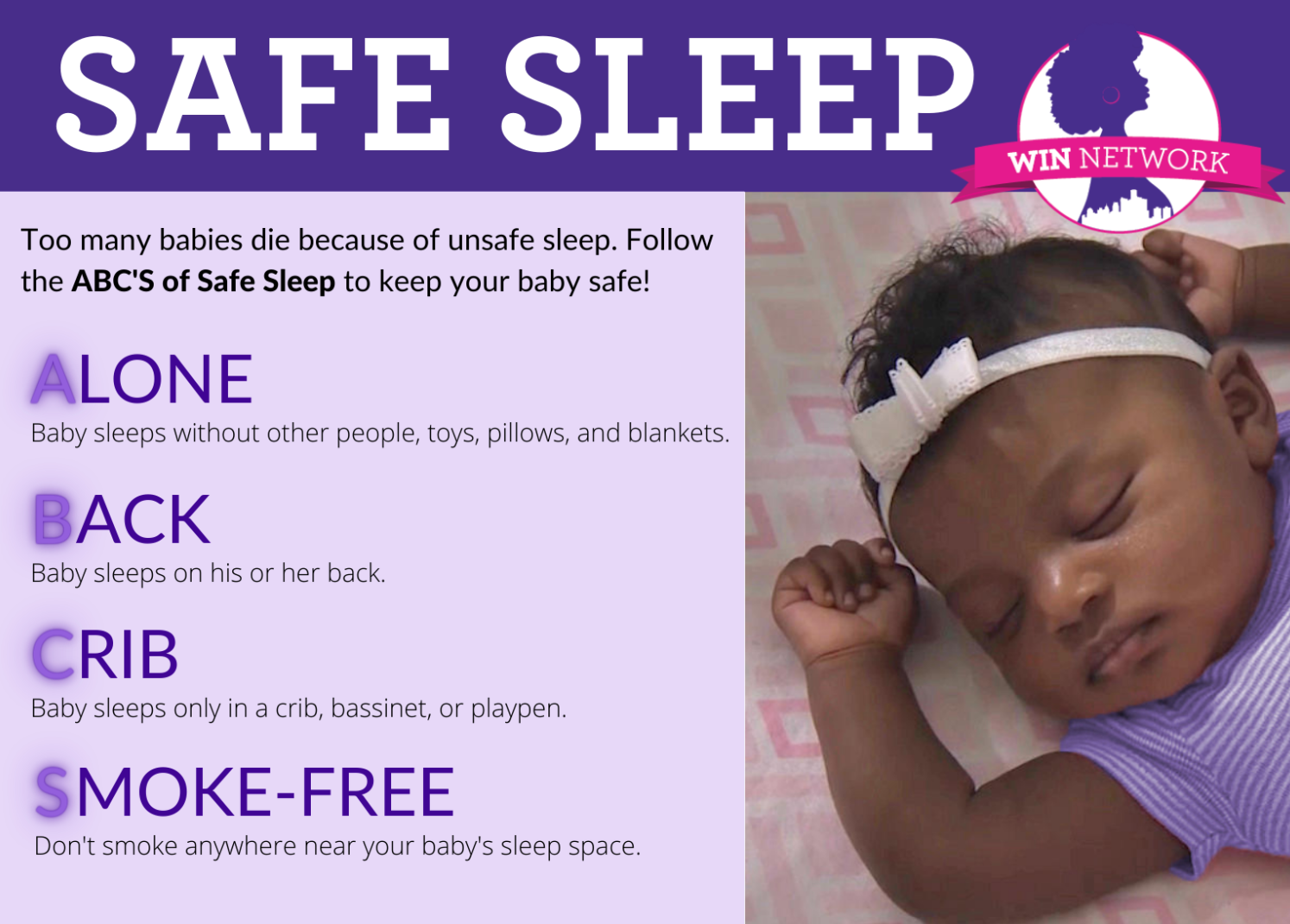
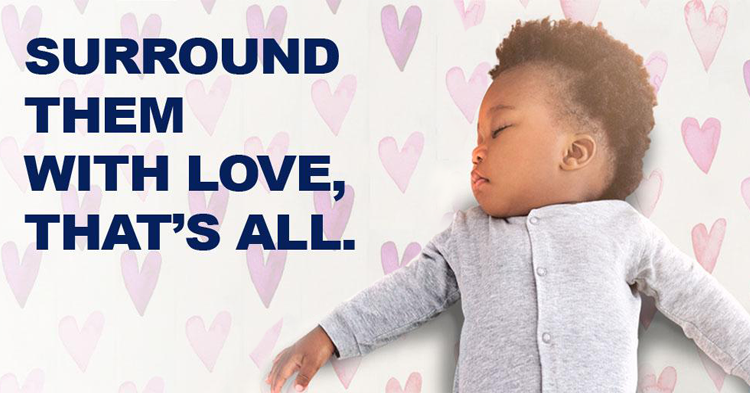



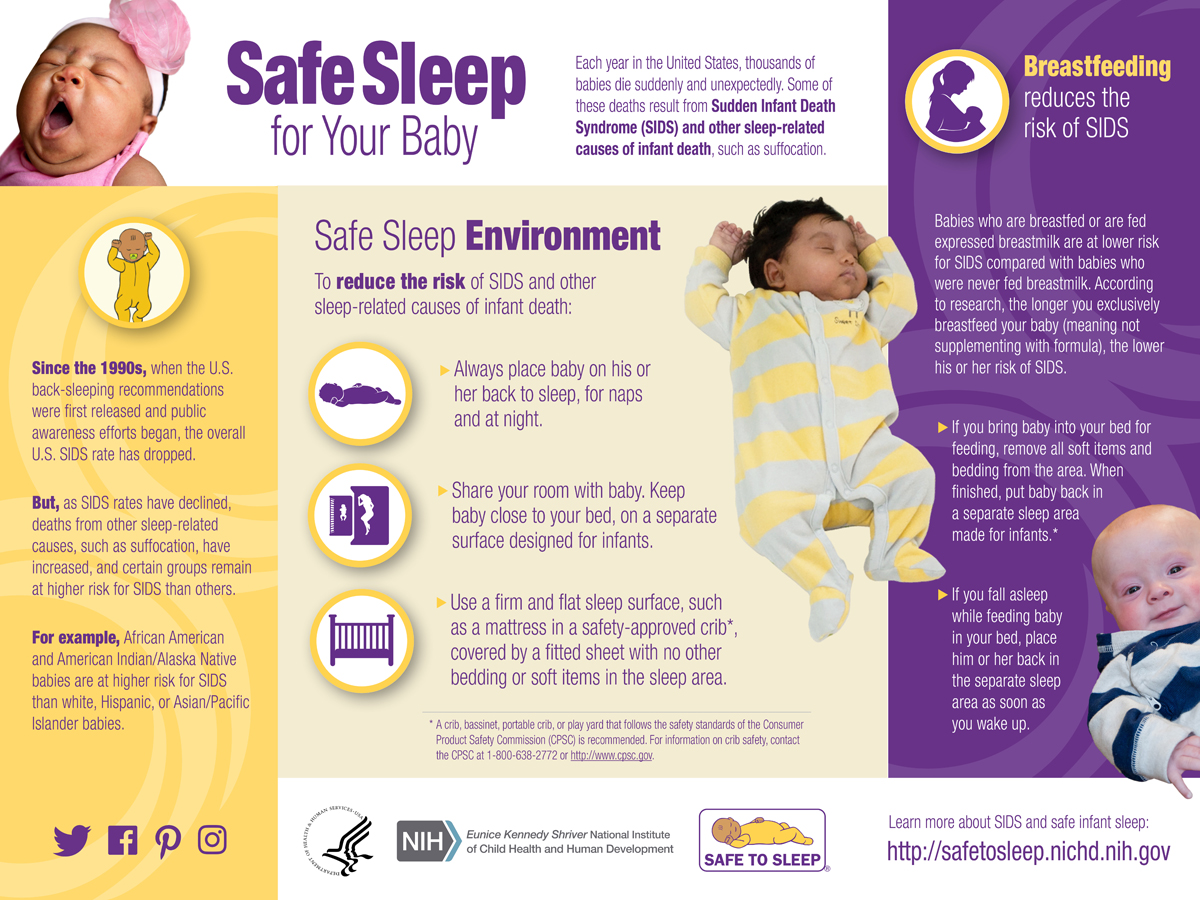
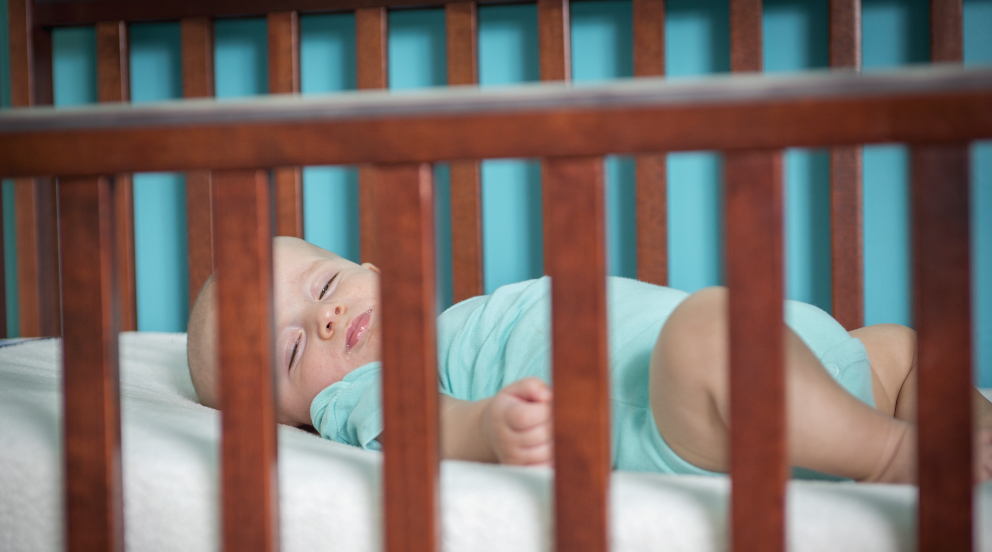

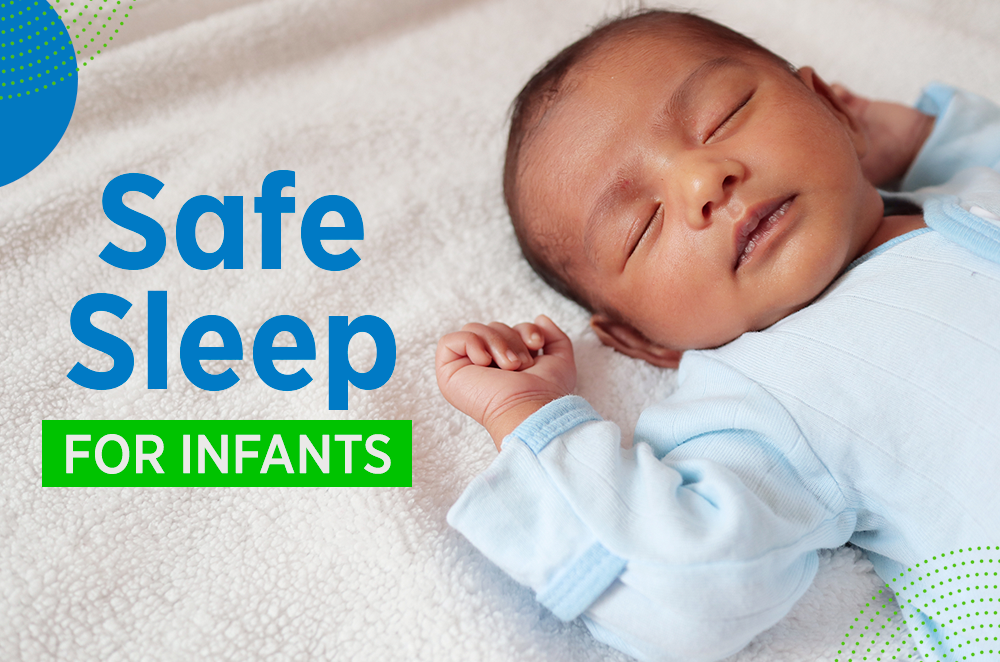

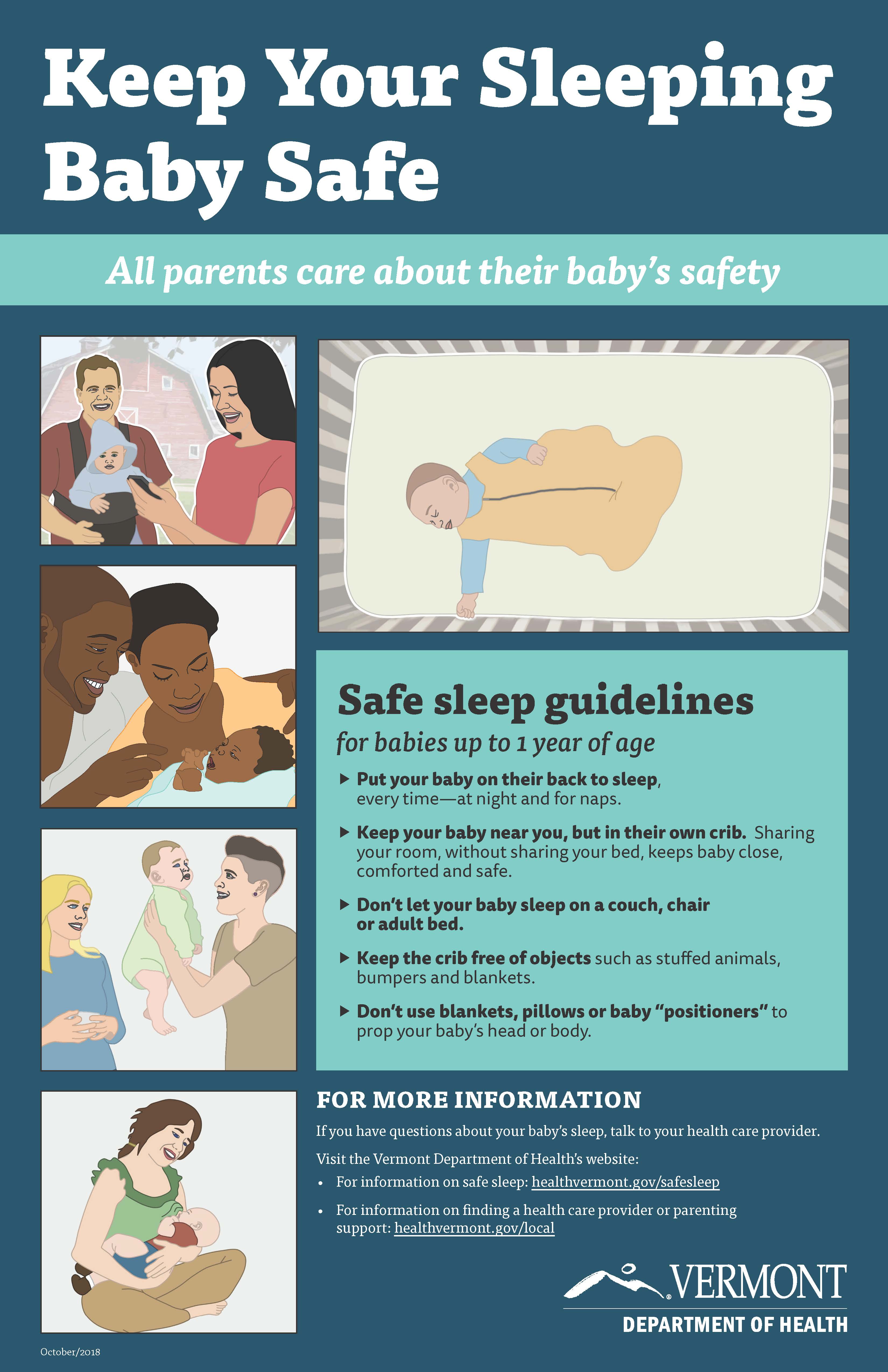








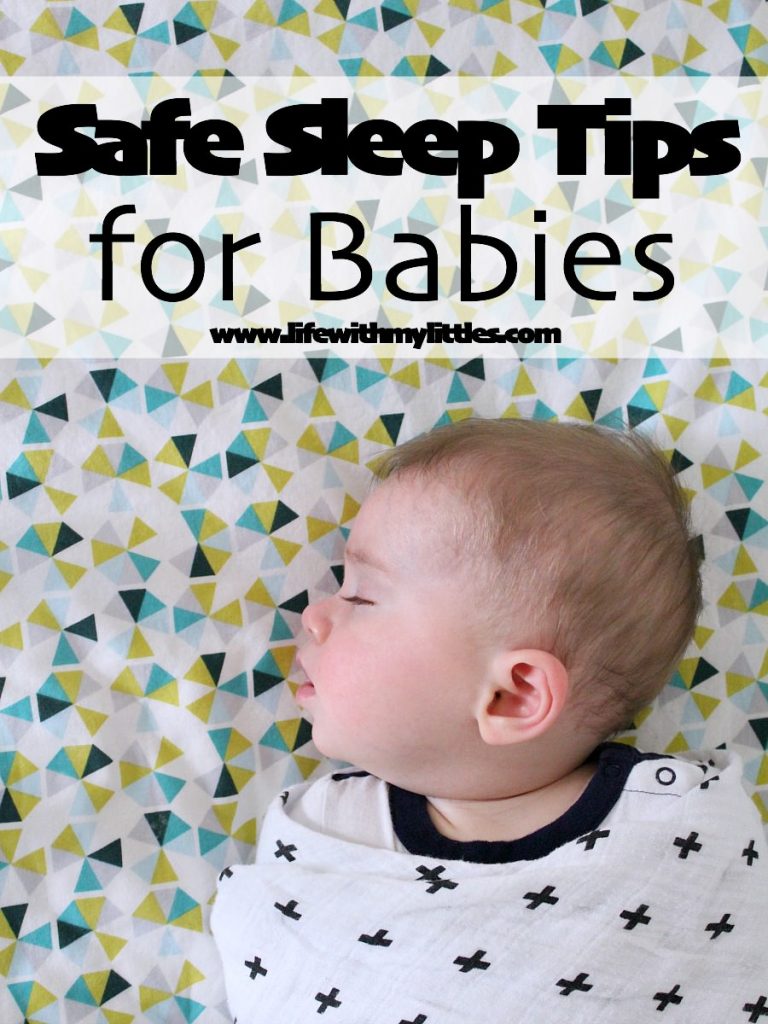


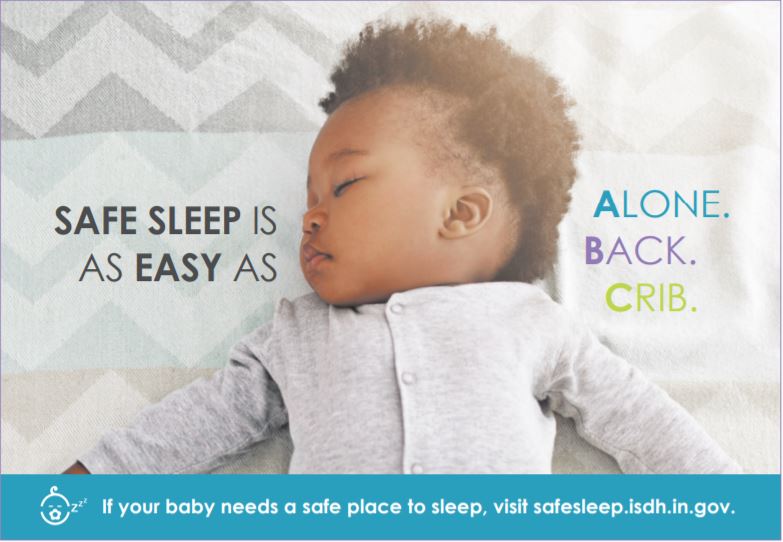
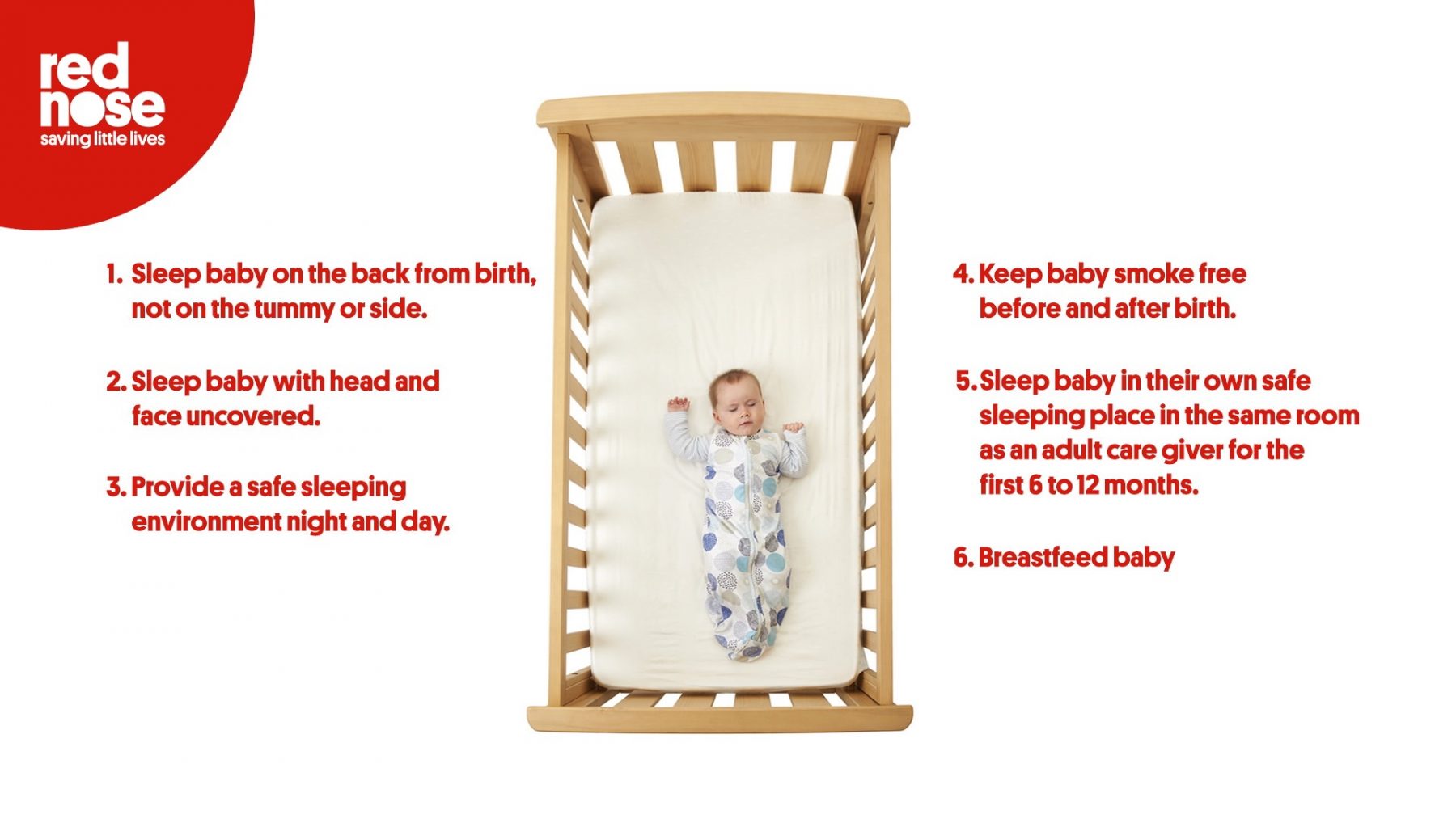

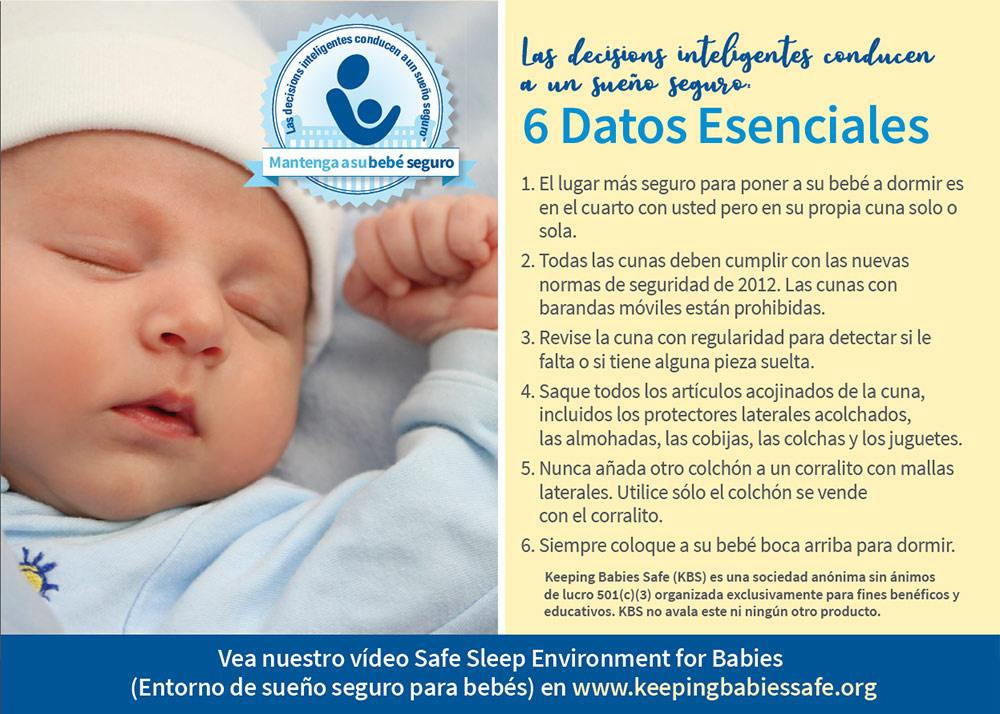


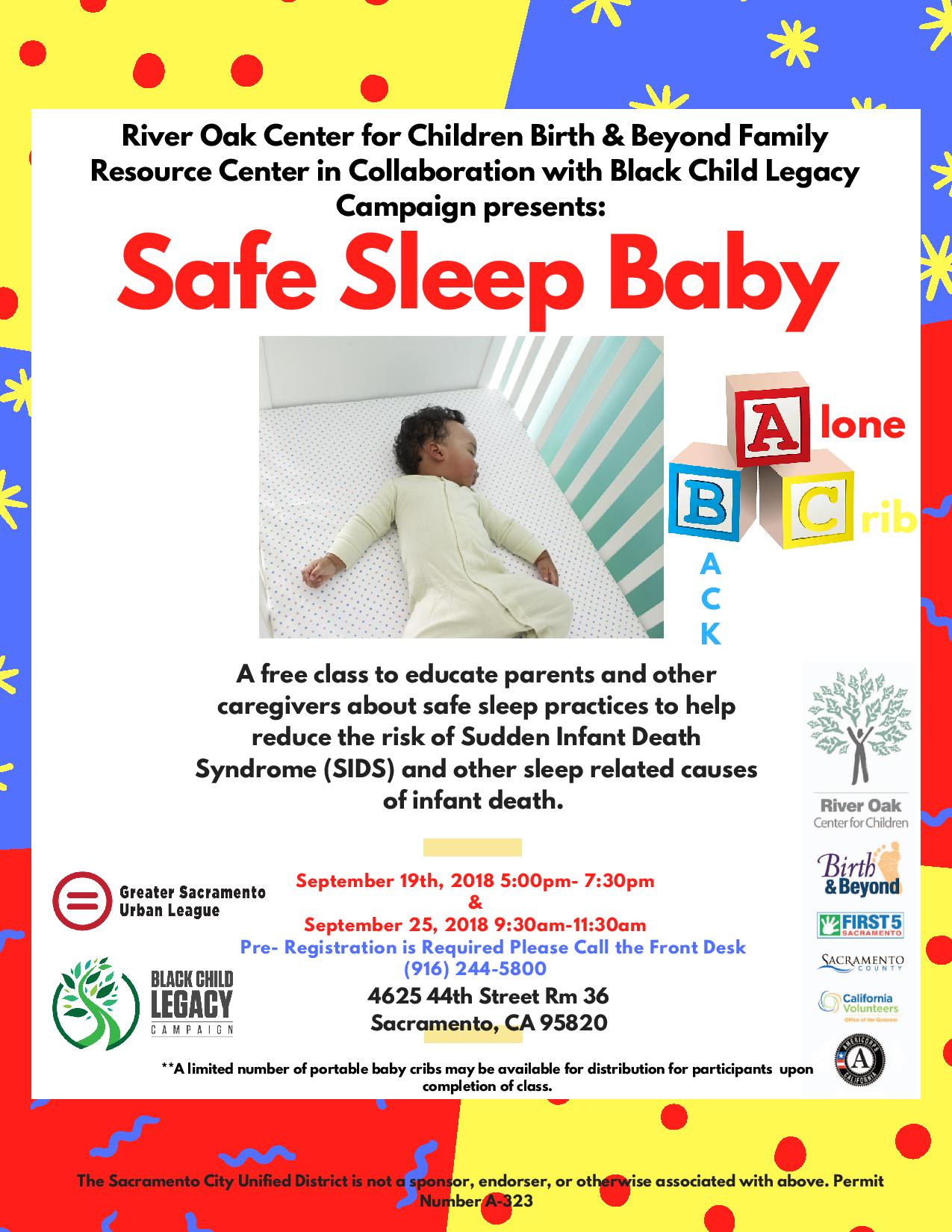
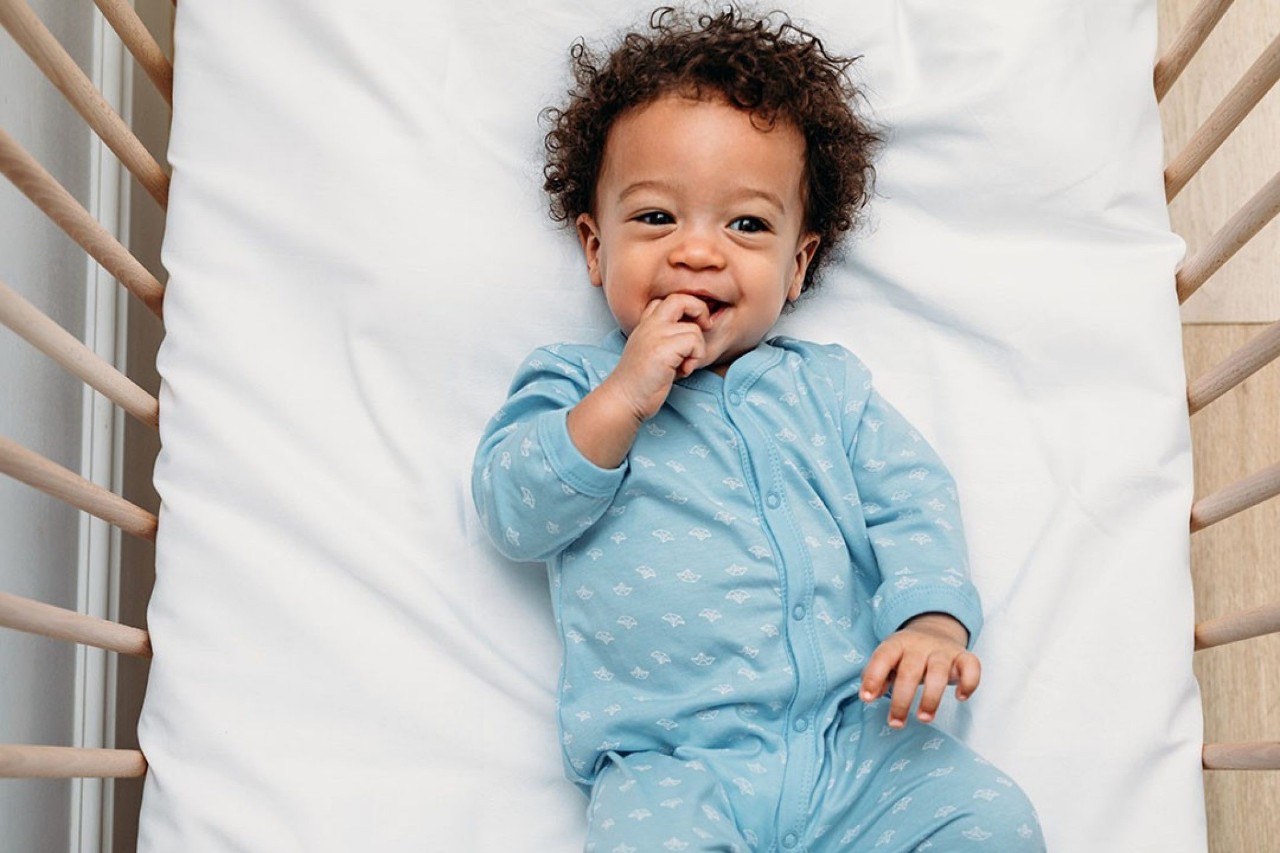

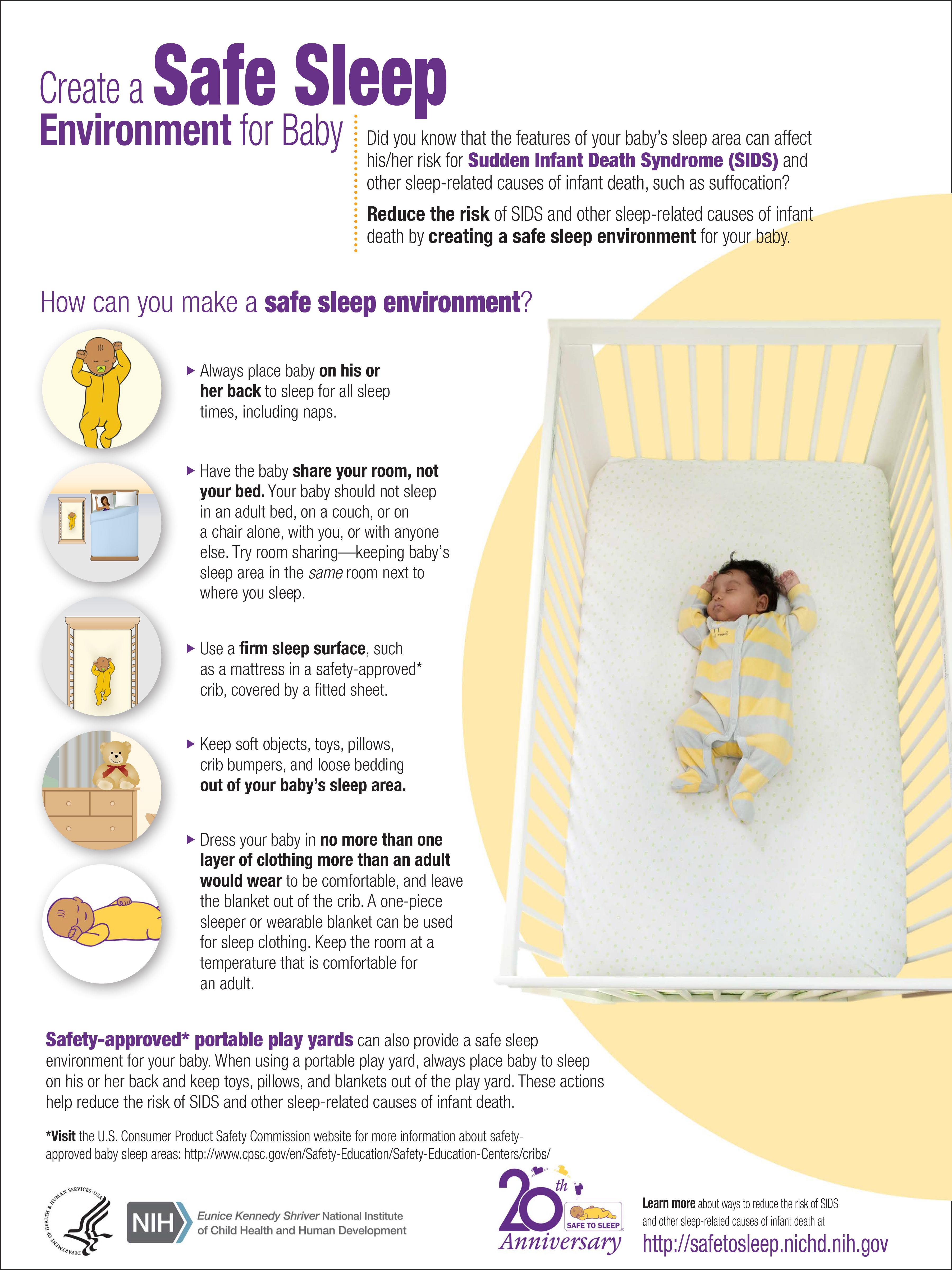



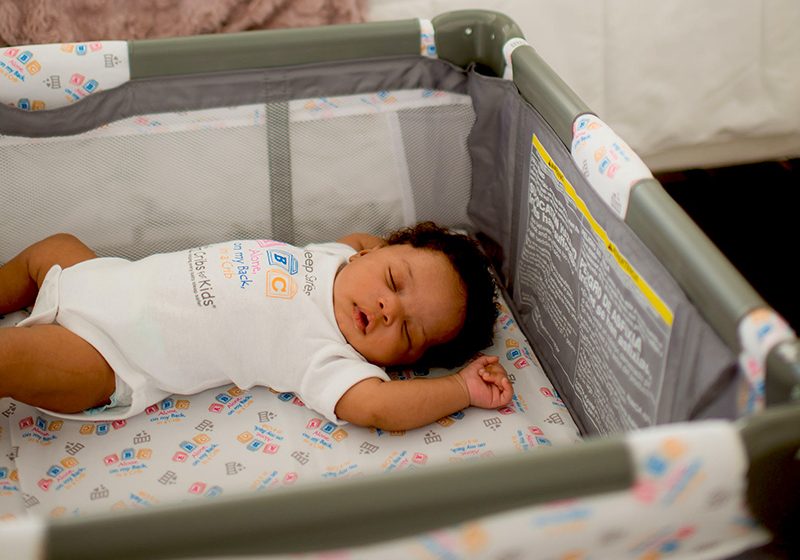
:max_bytes(150000):strip_icc()/how-to-reduce-the-risk-of-sids-5203085-FINAL-58bbbc73d3f740f6a67ef2354ca39bf6.jpg)

